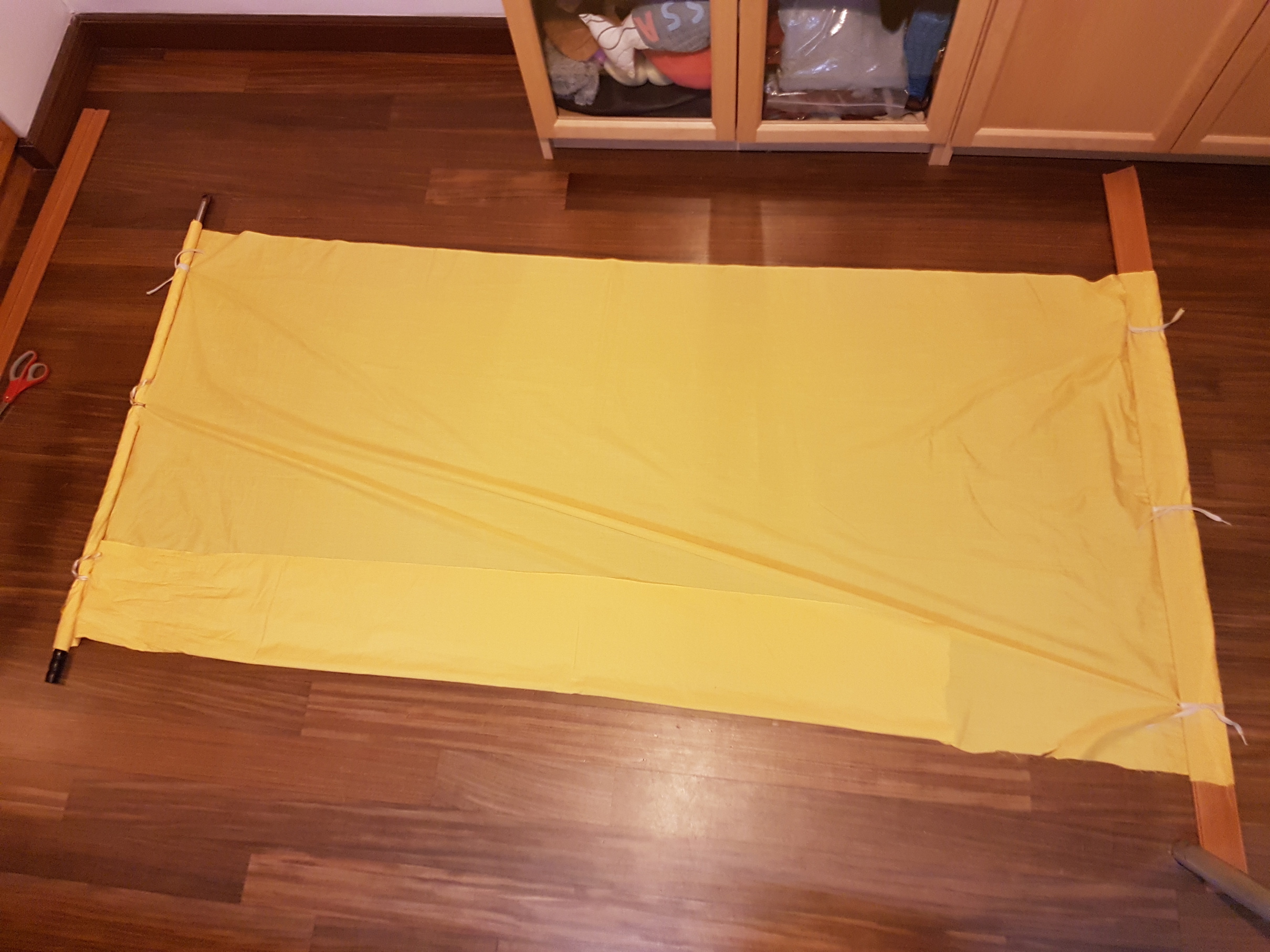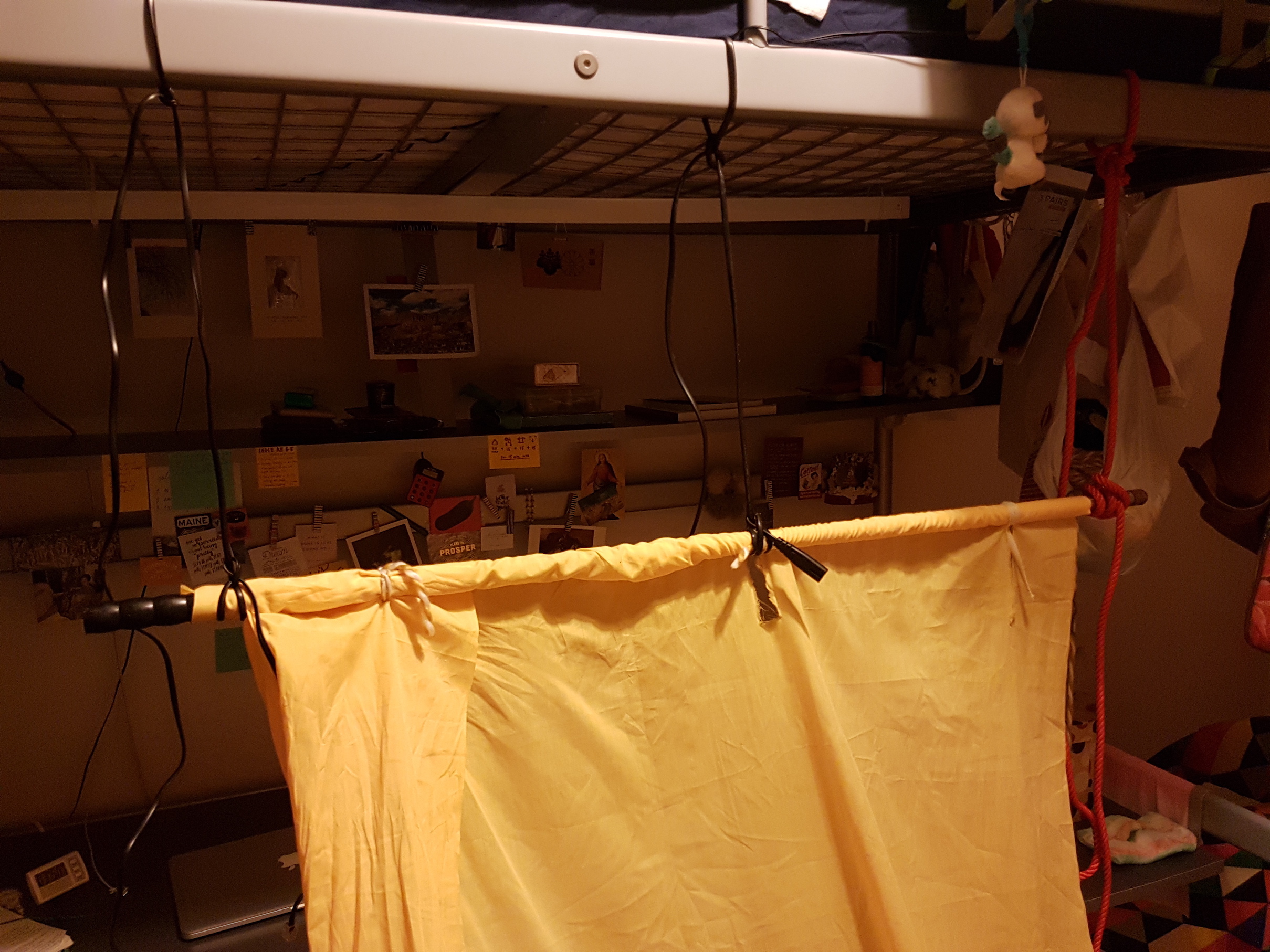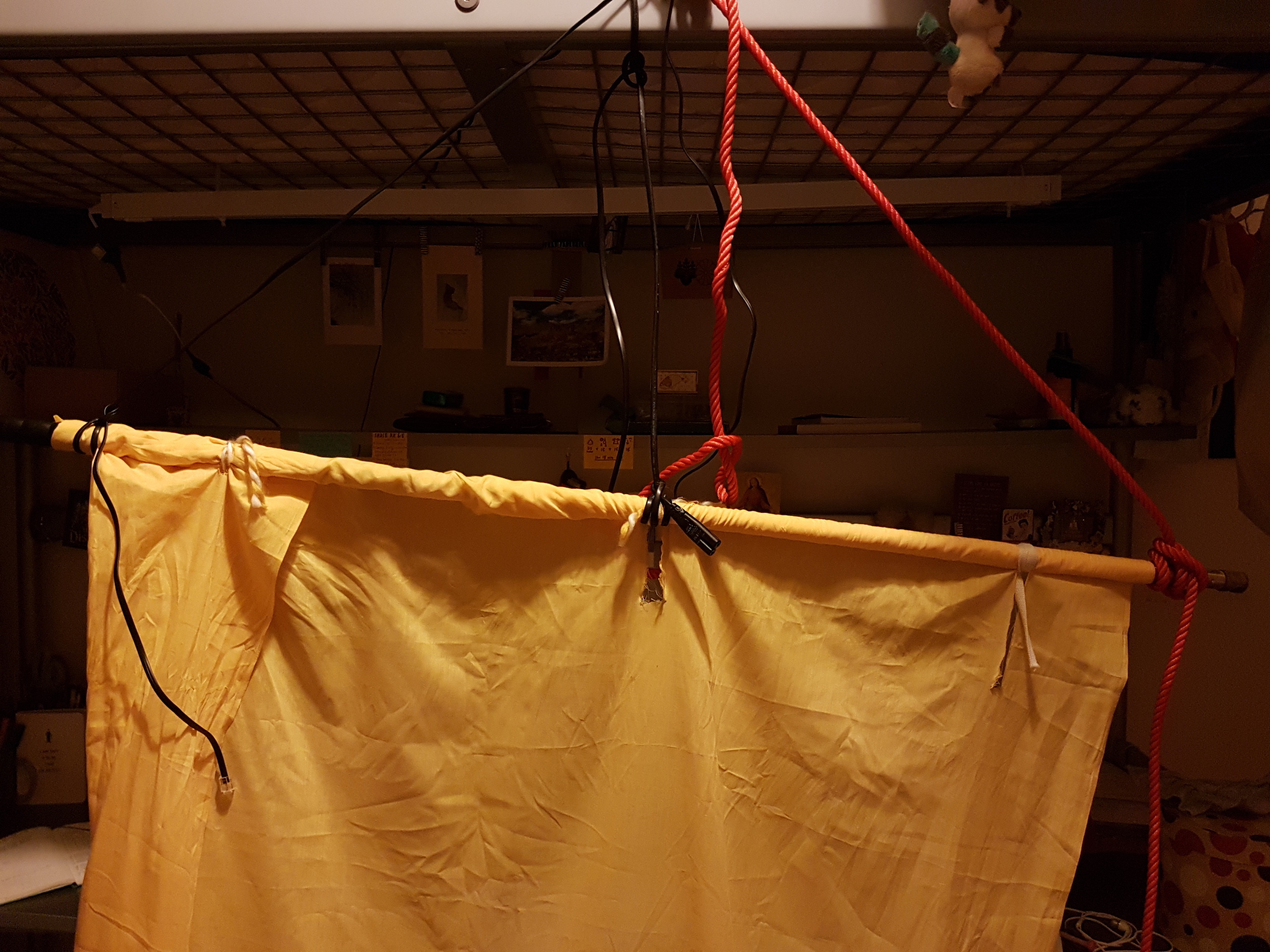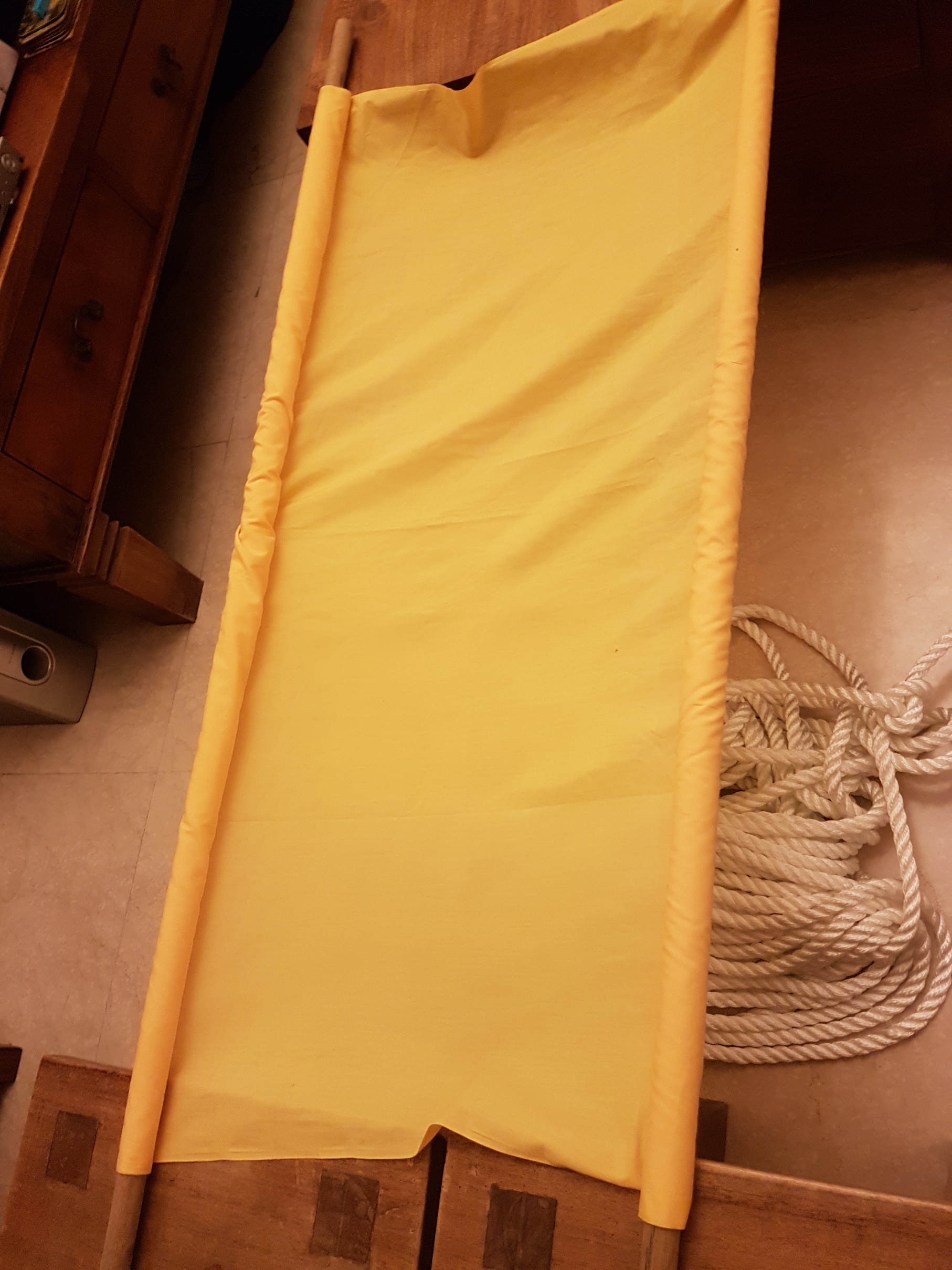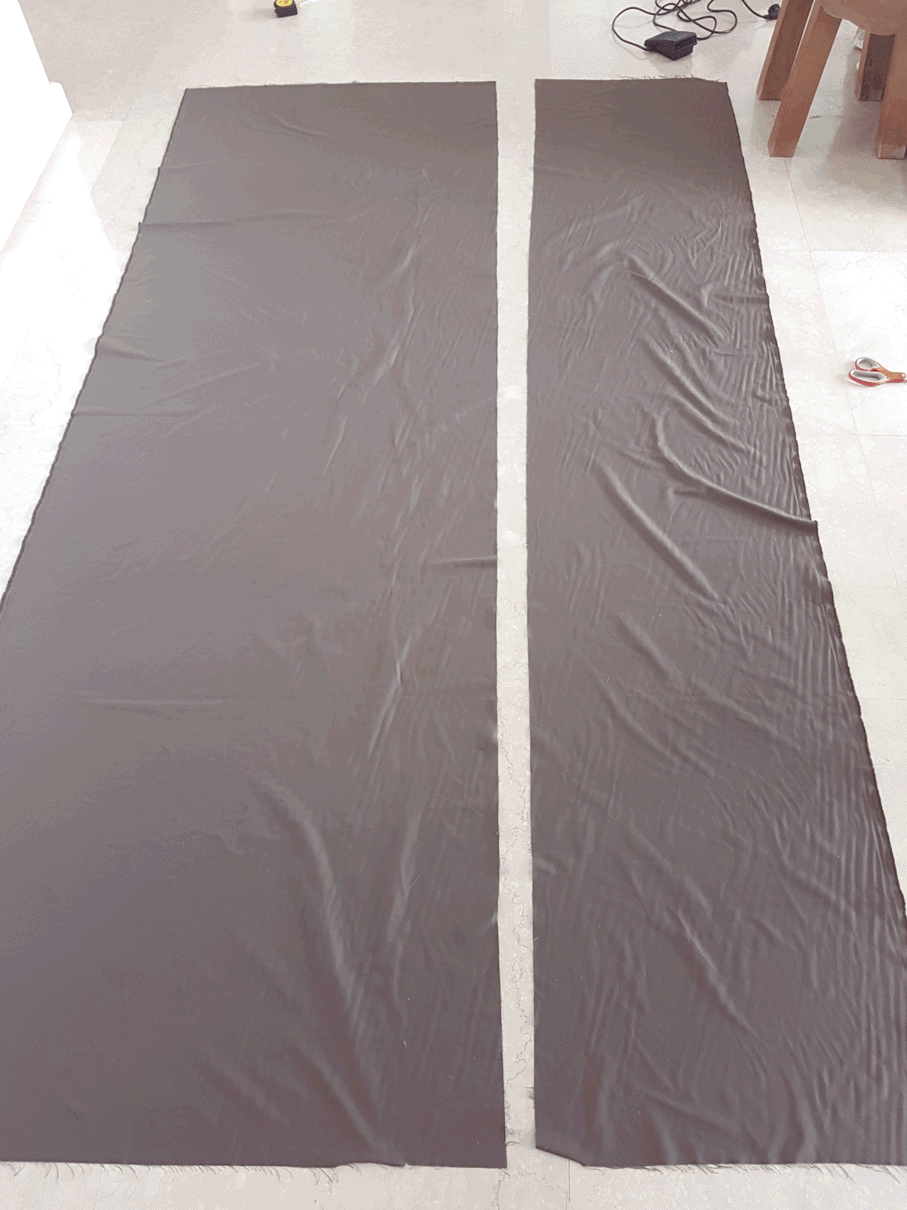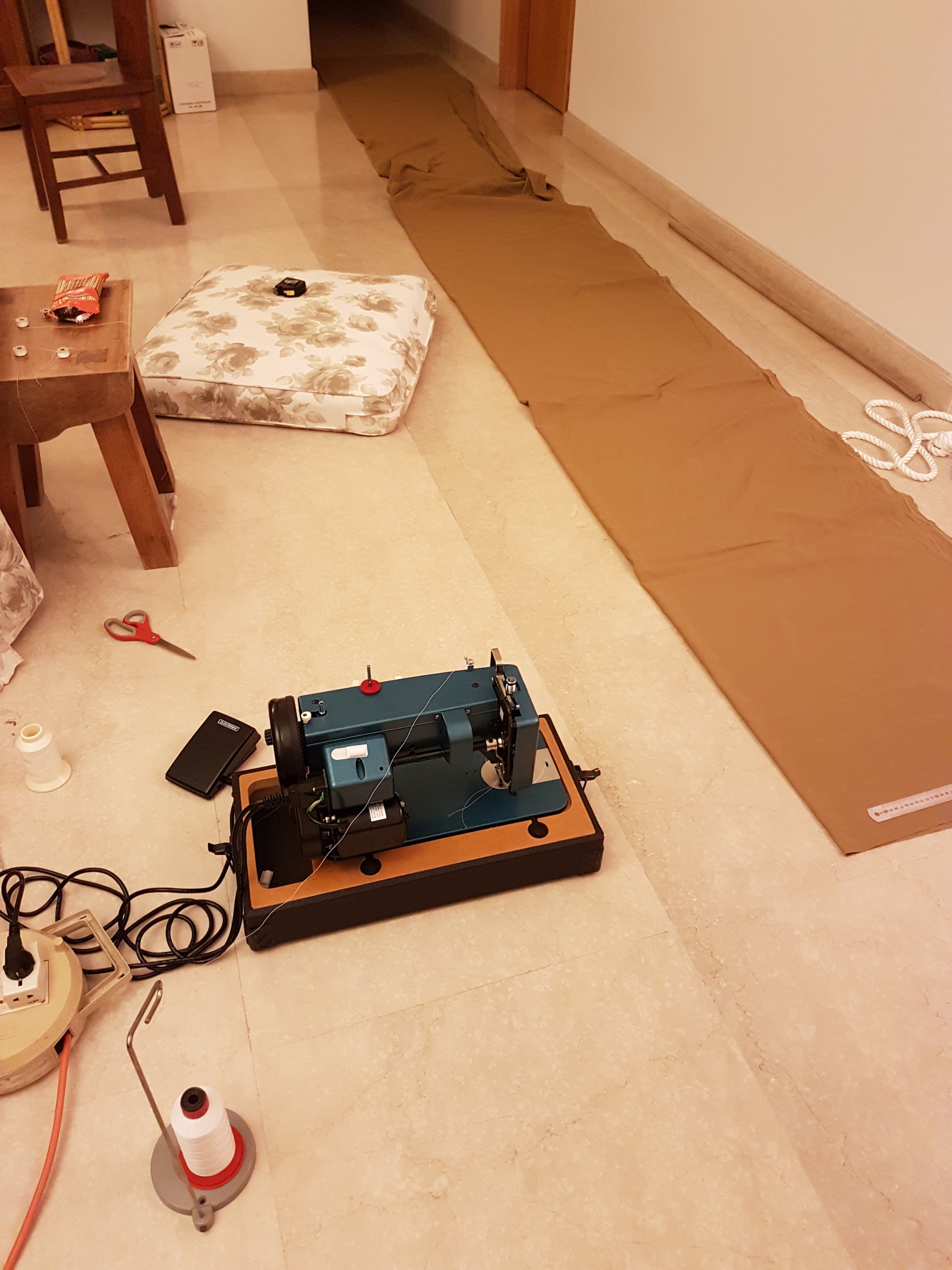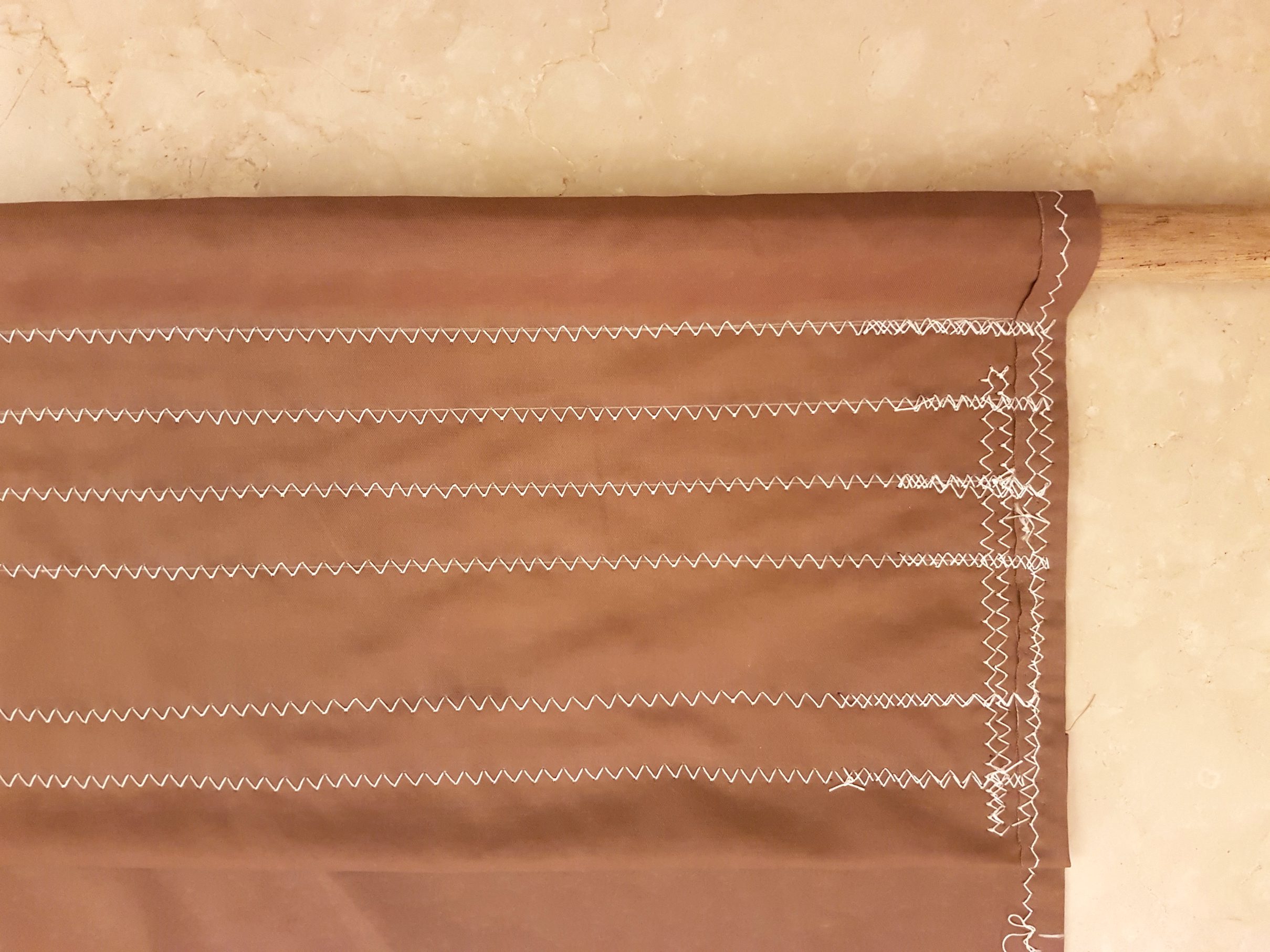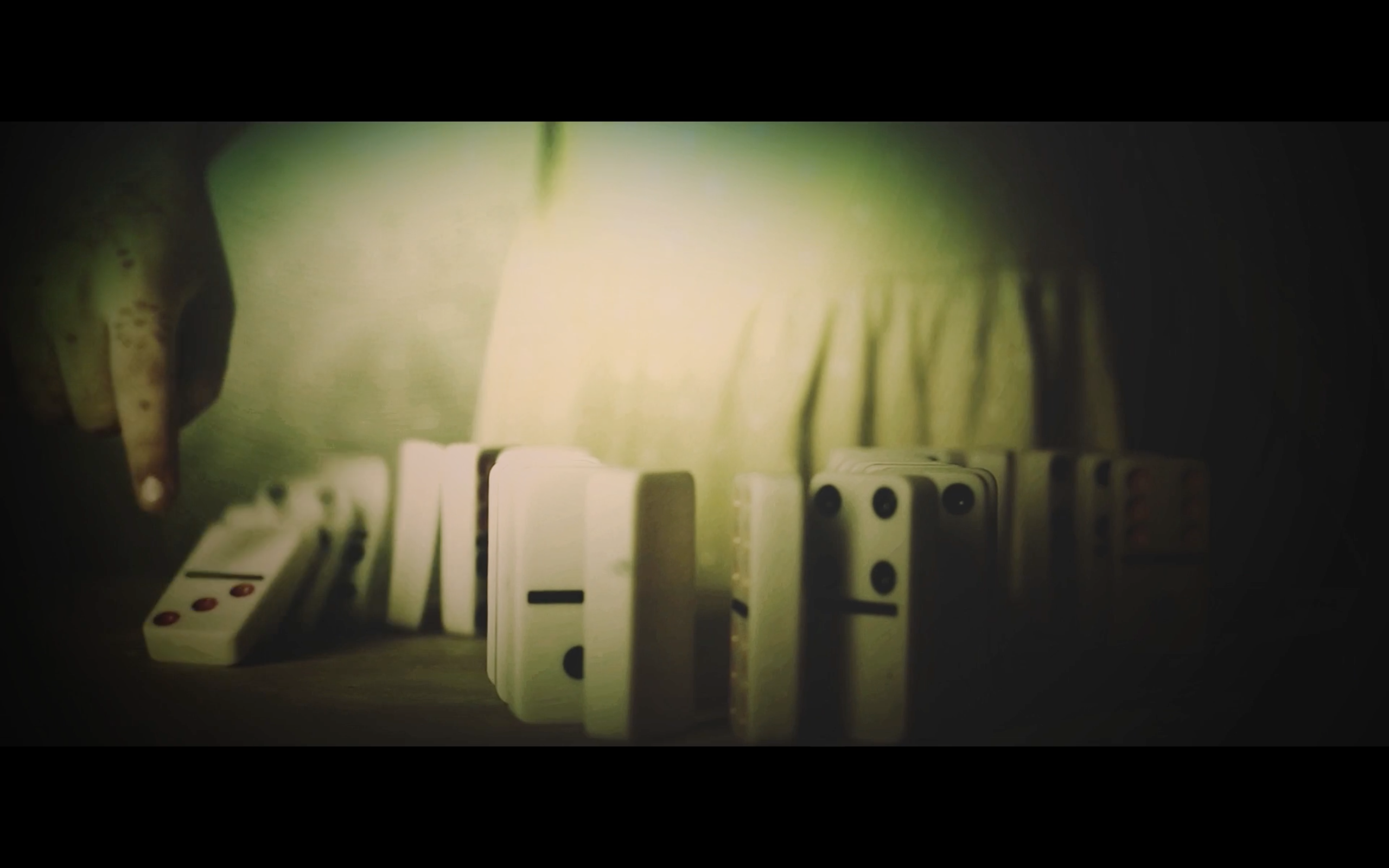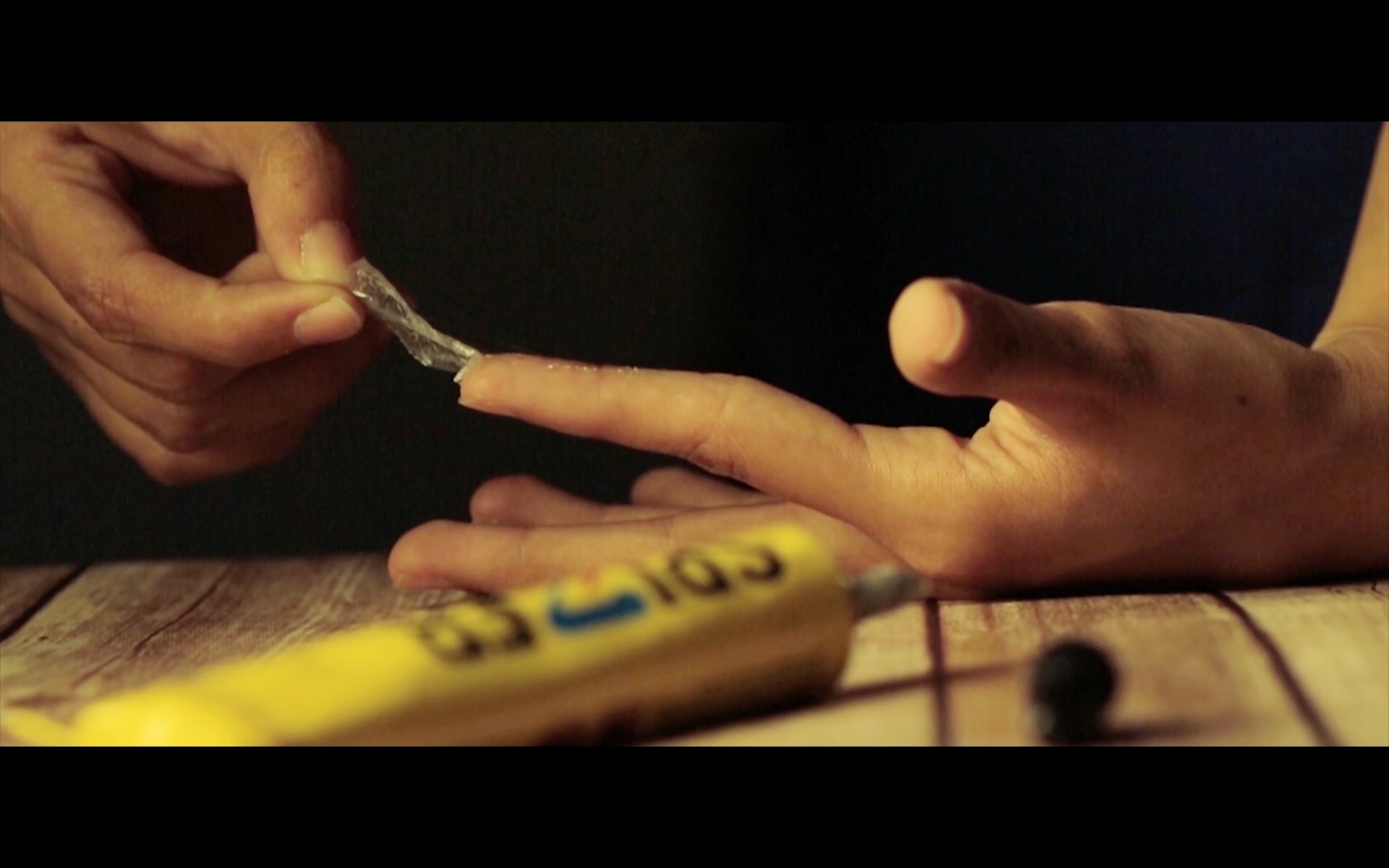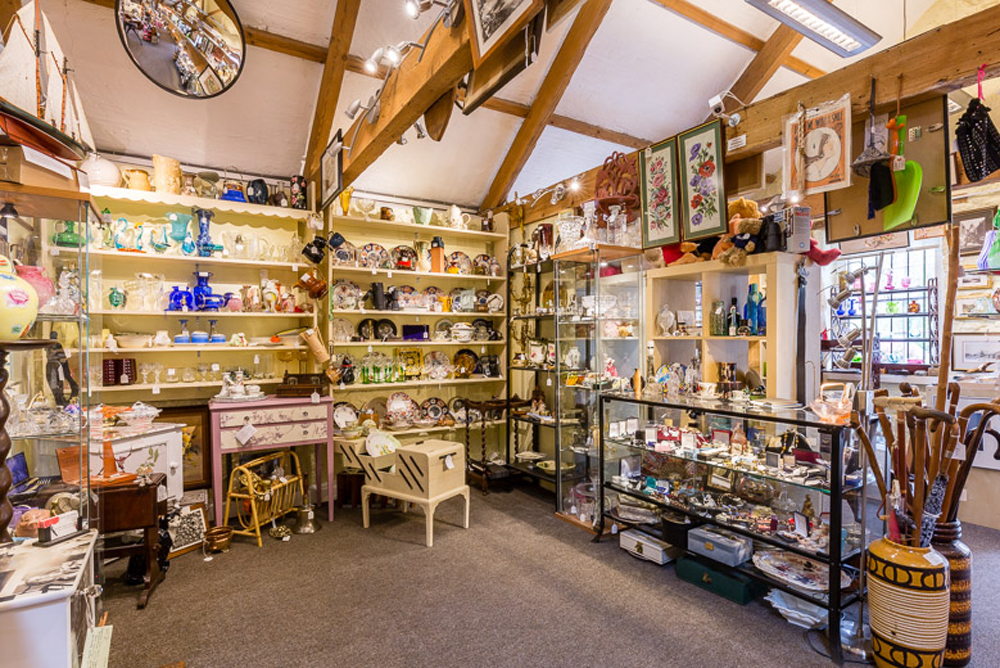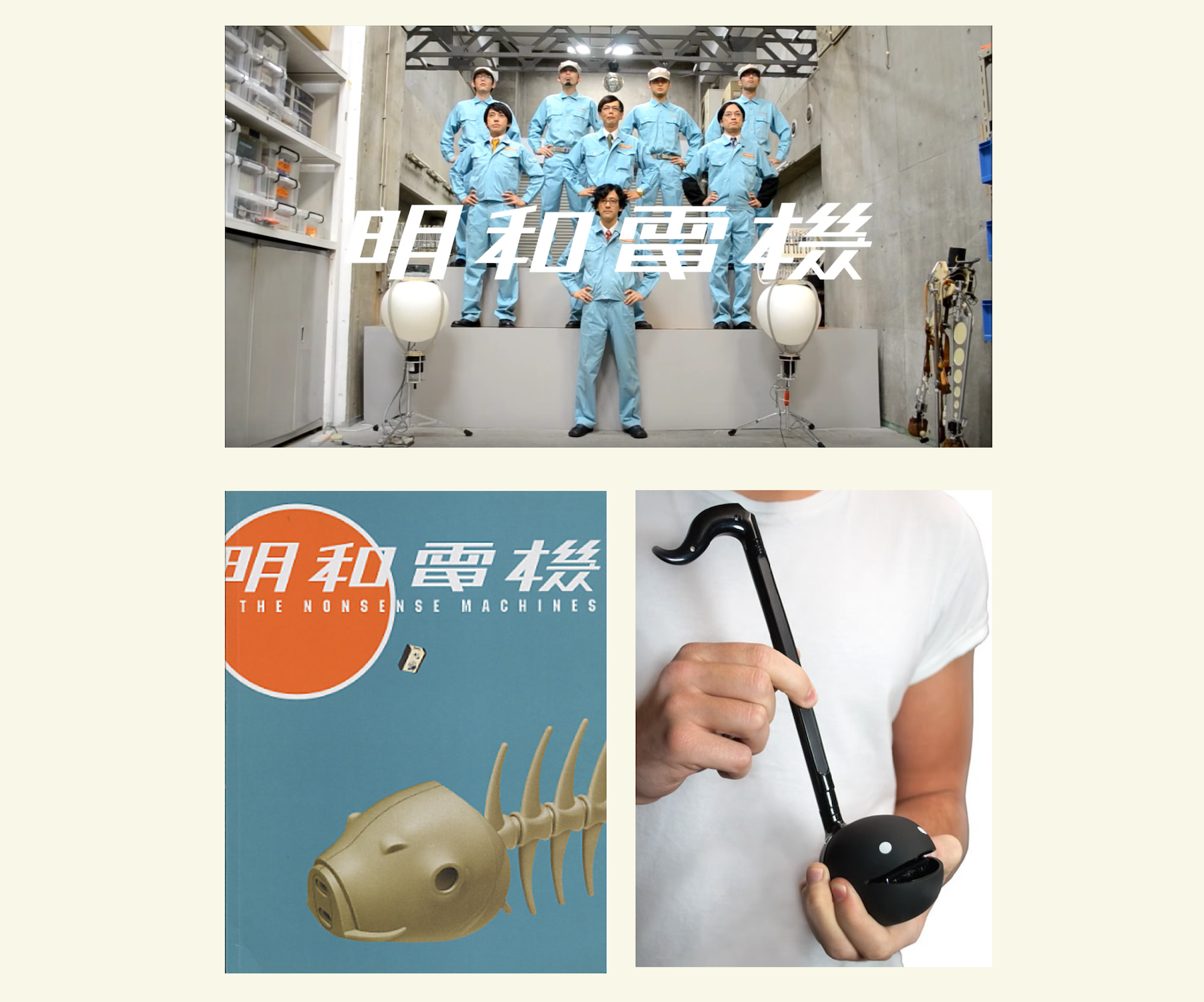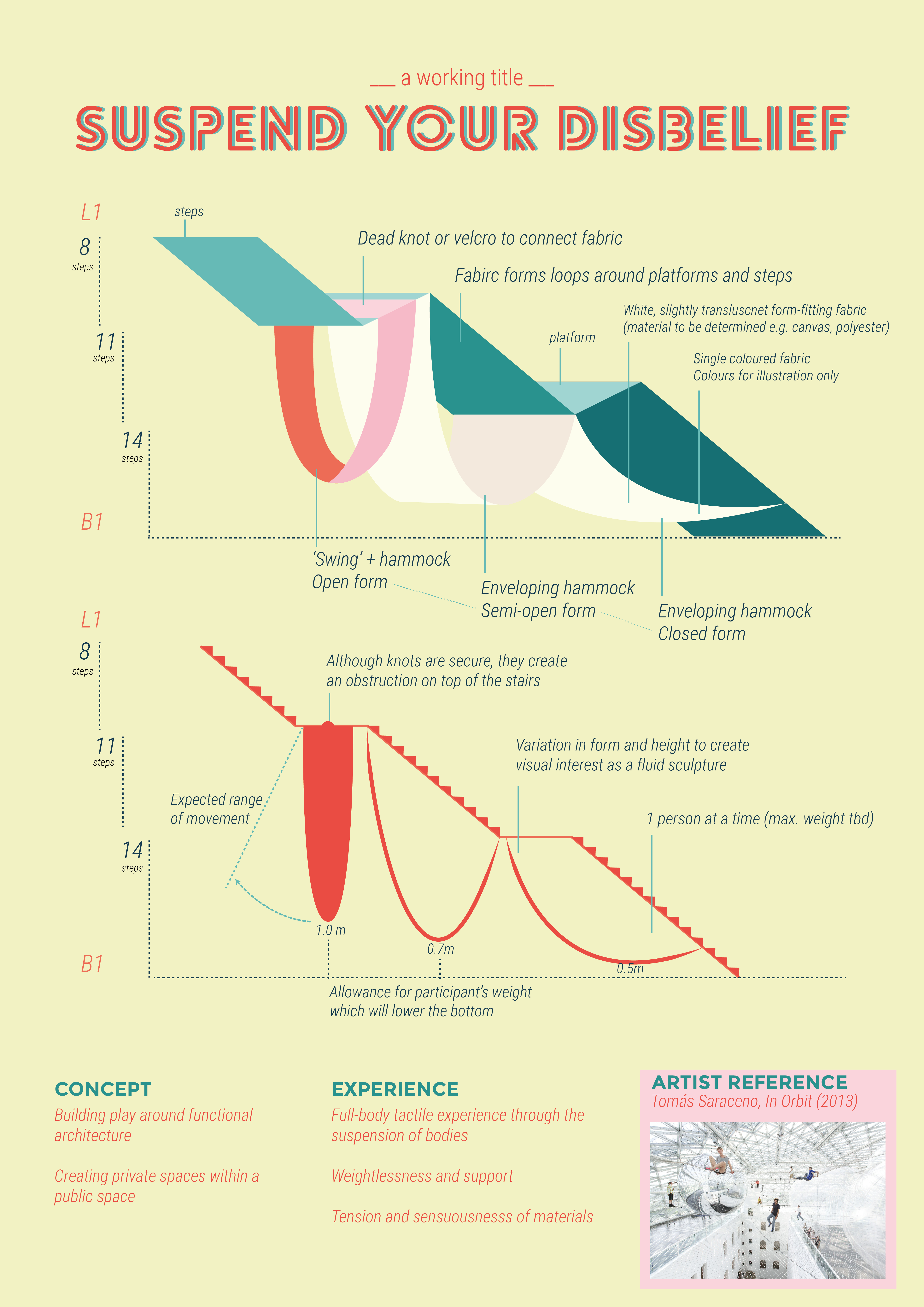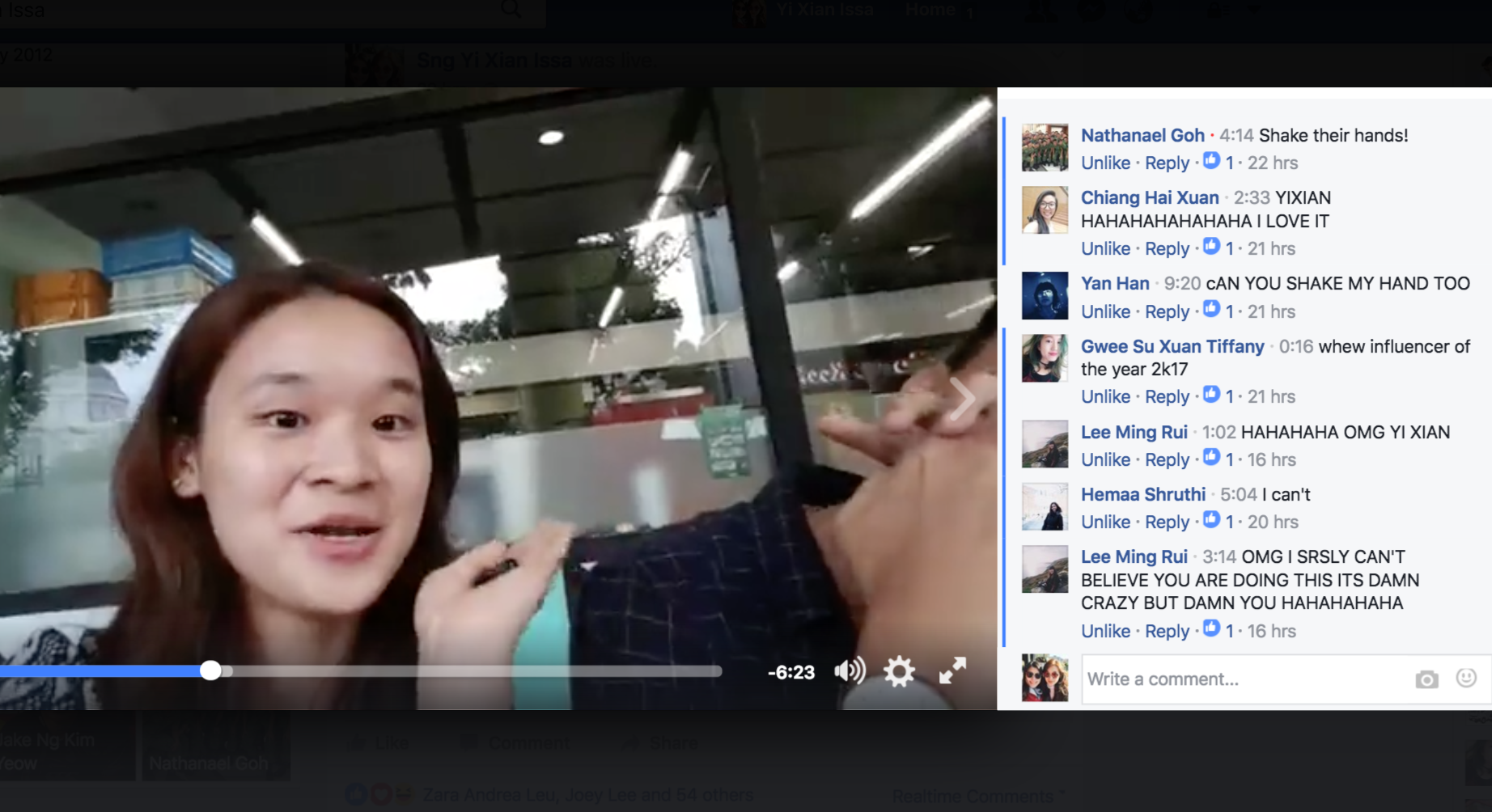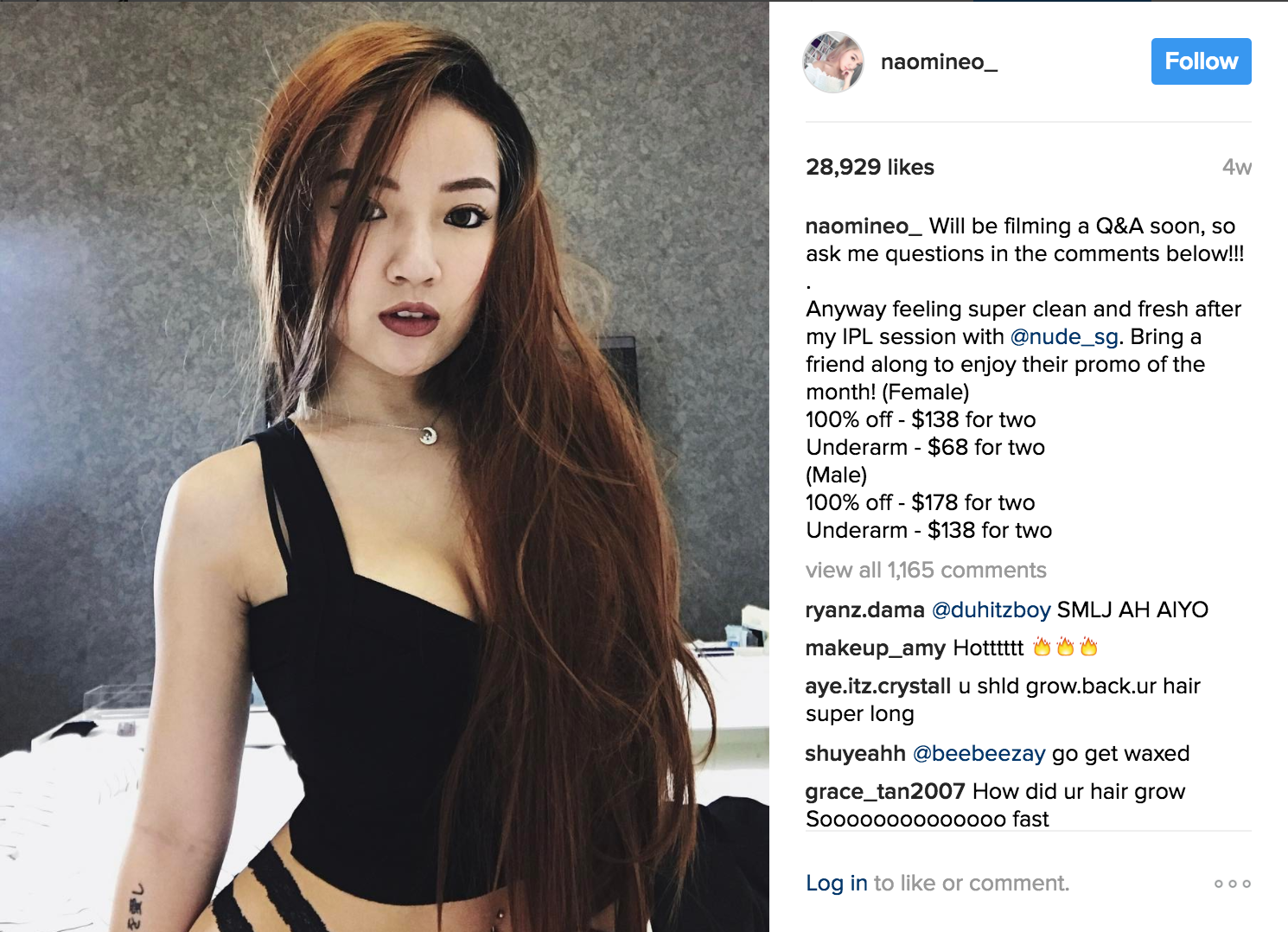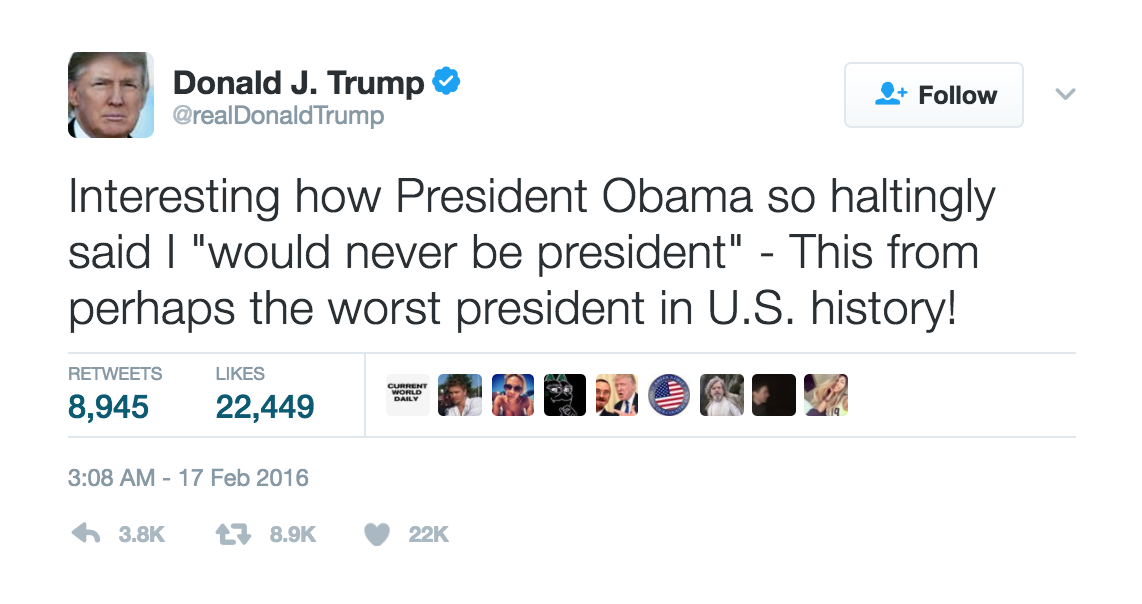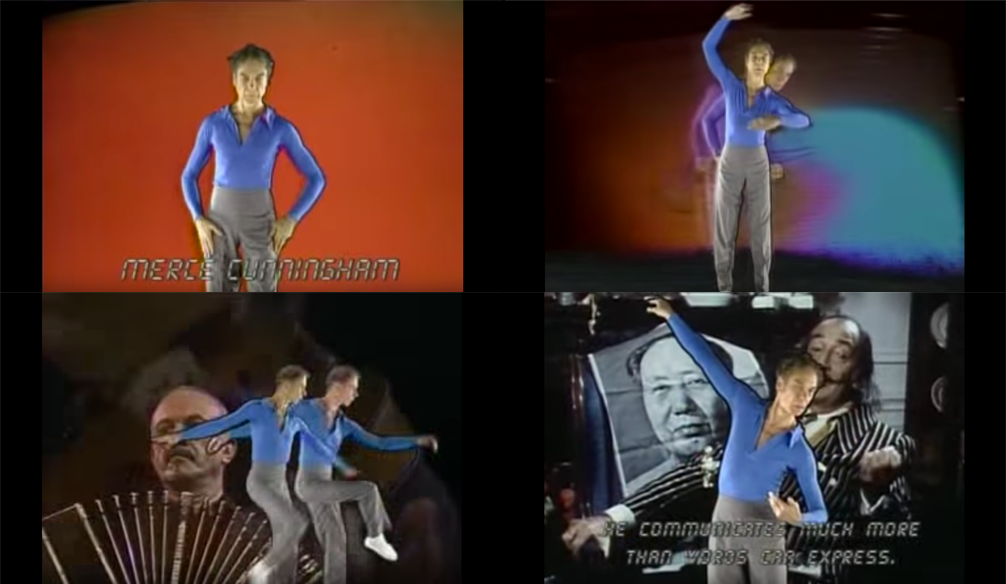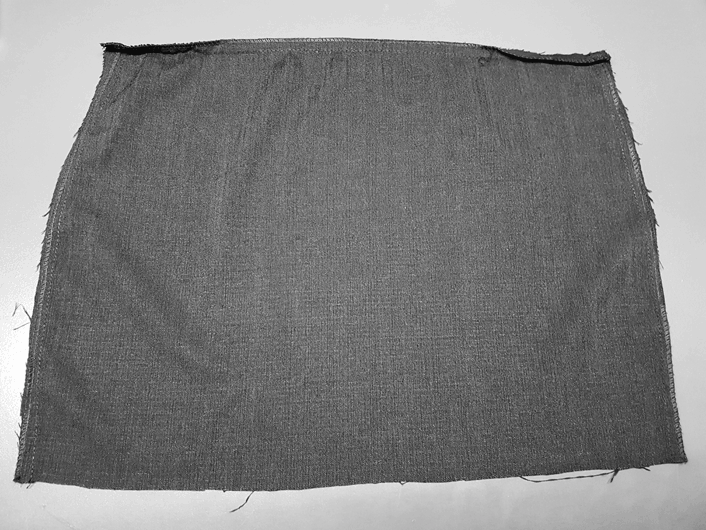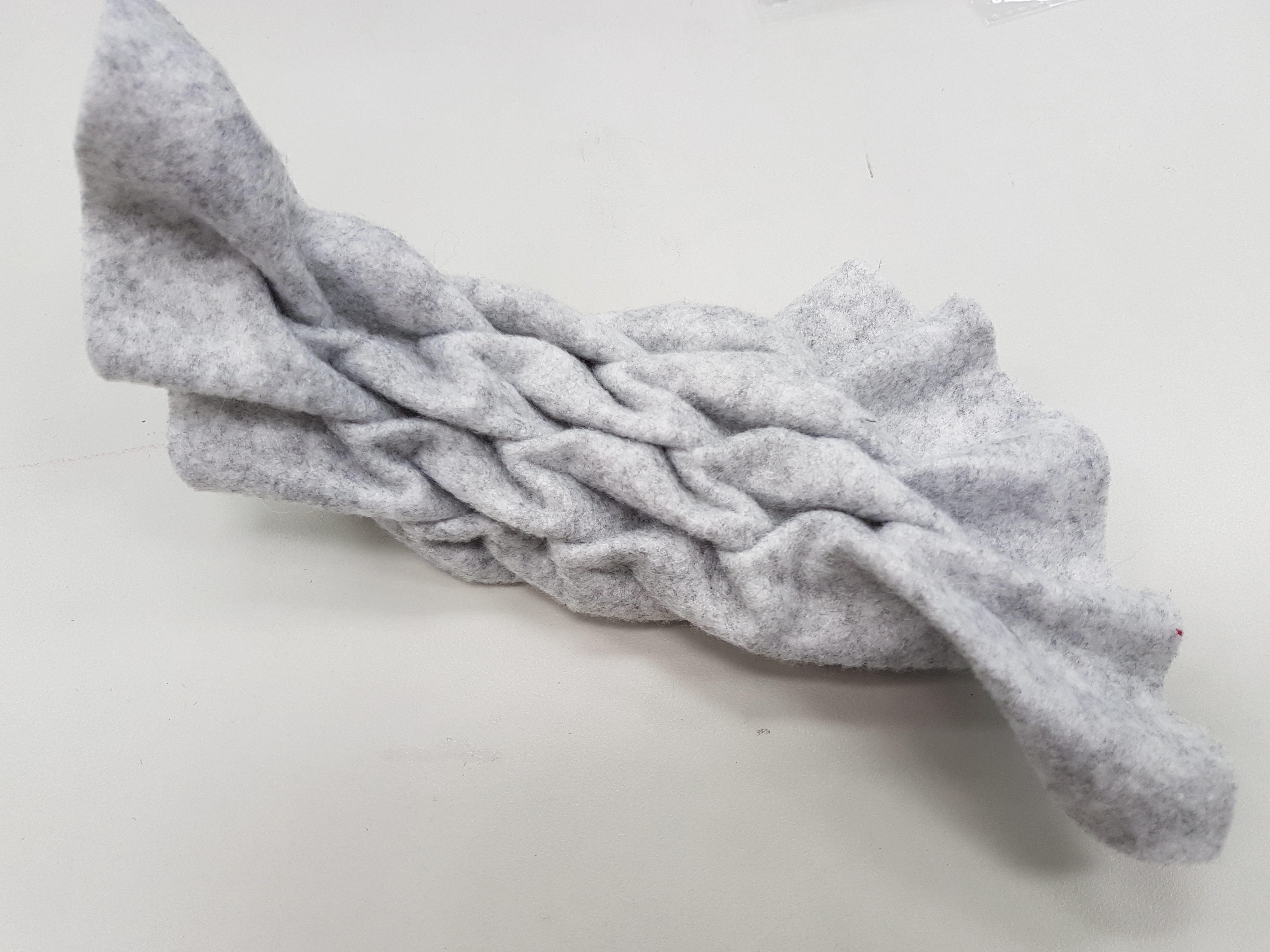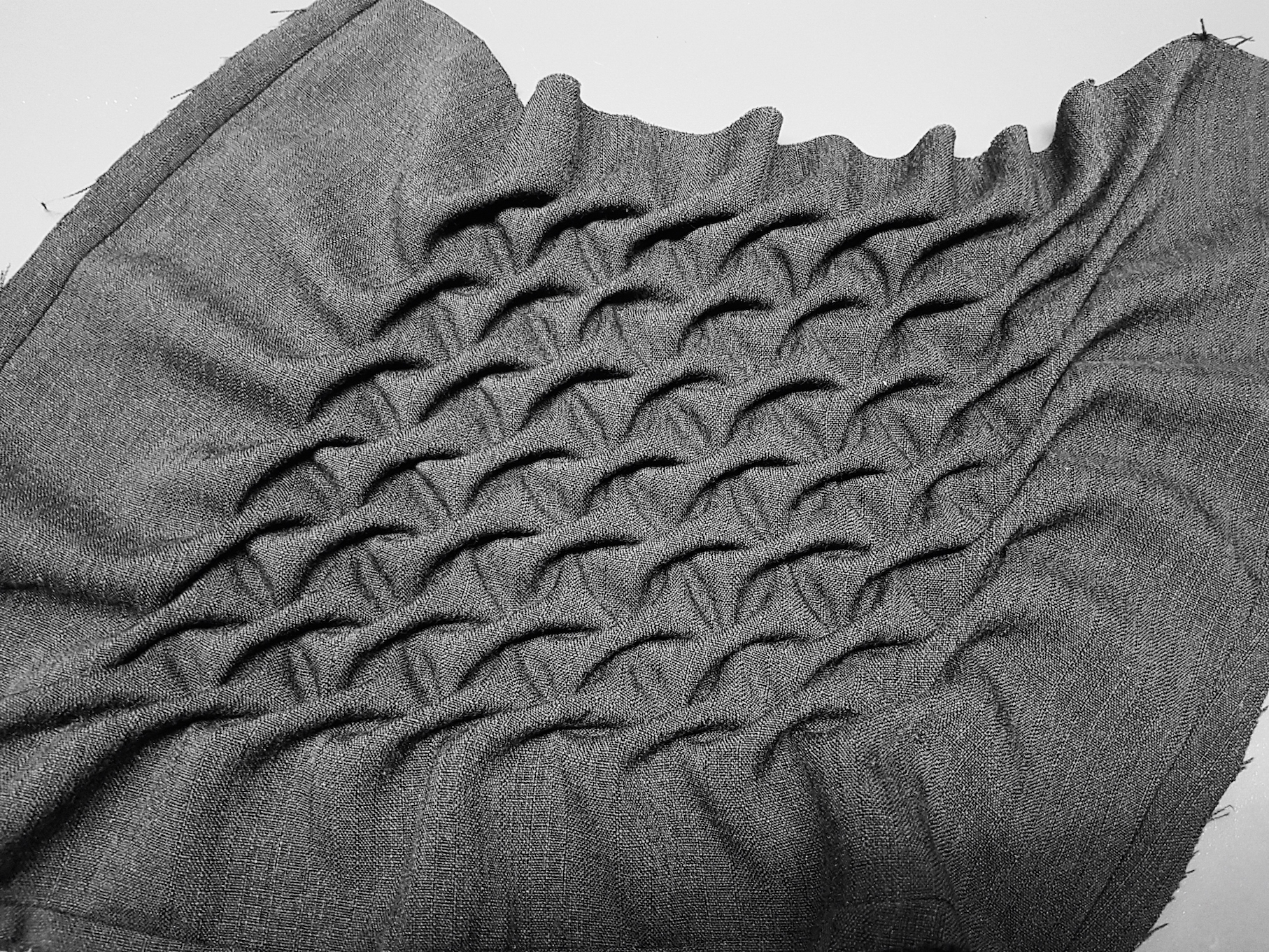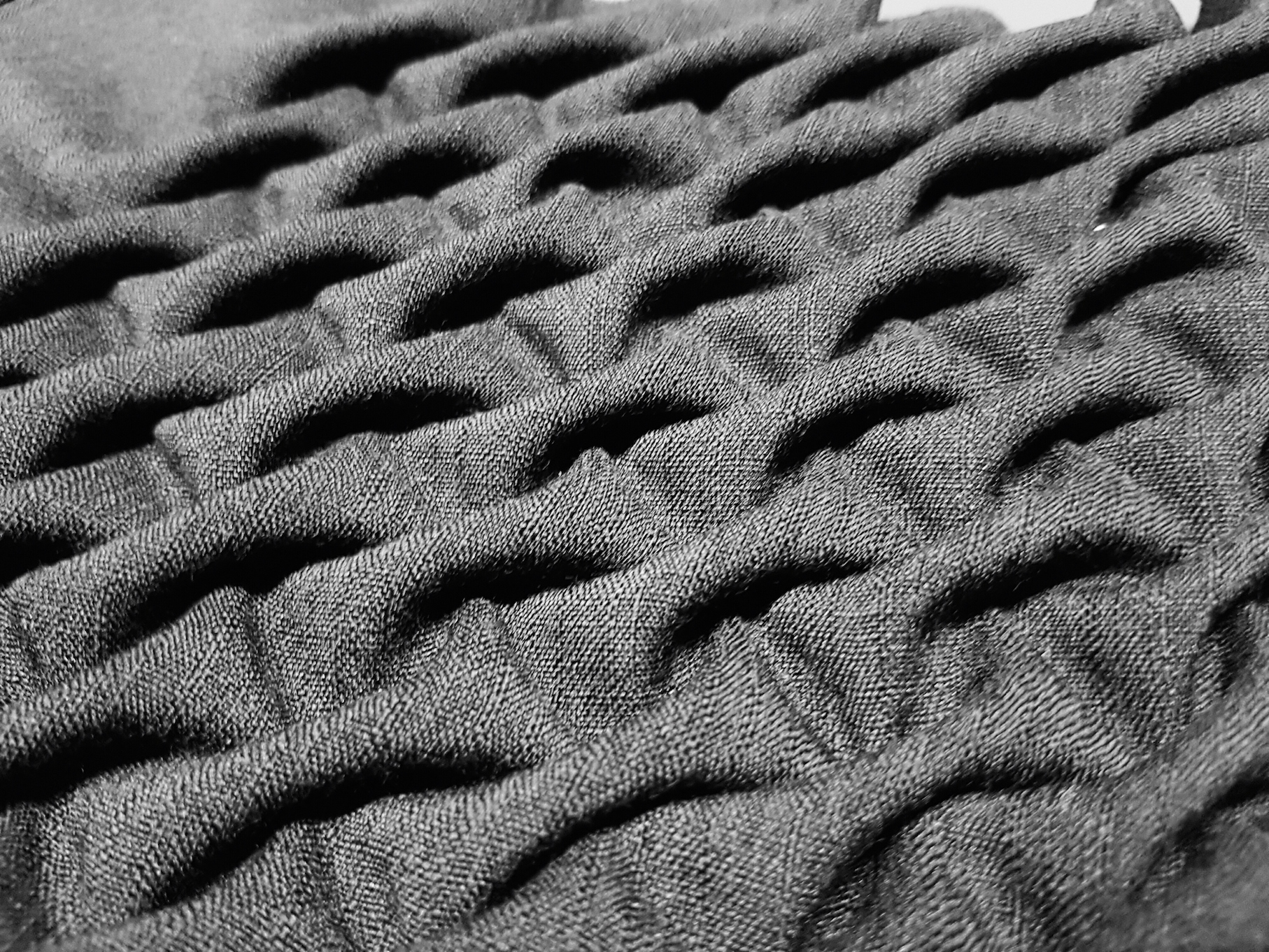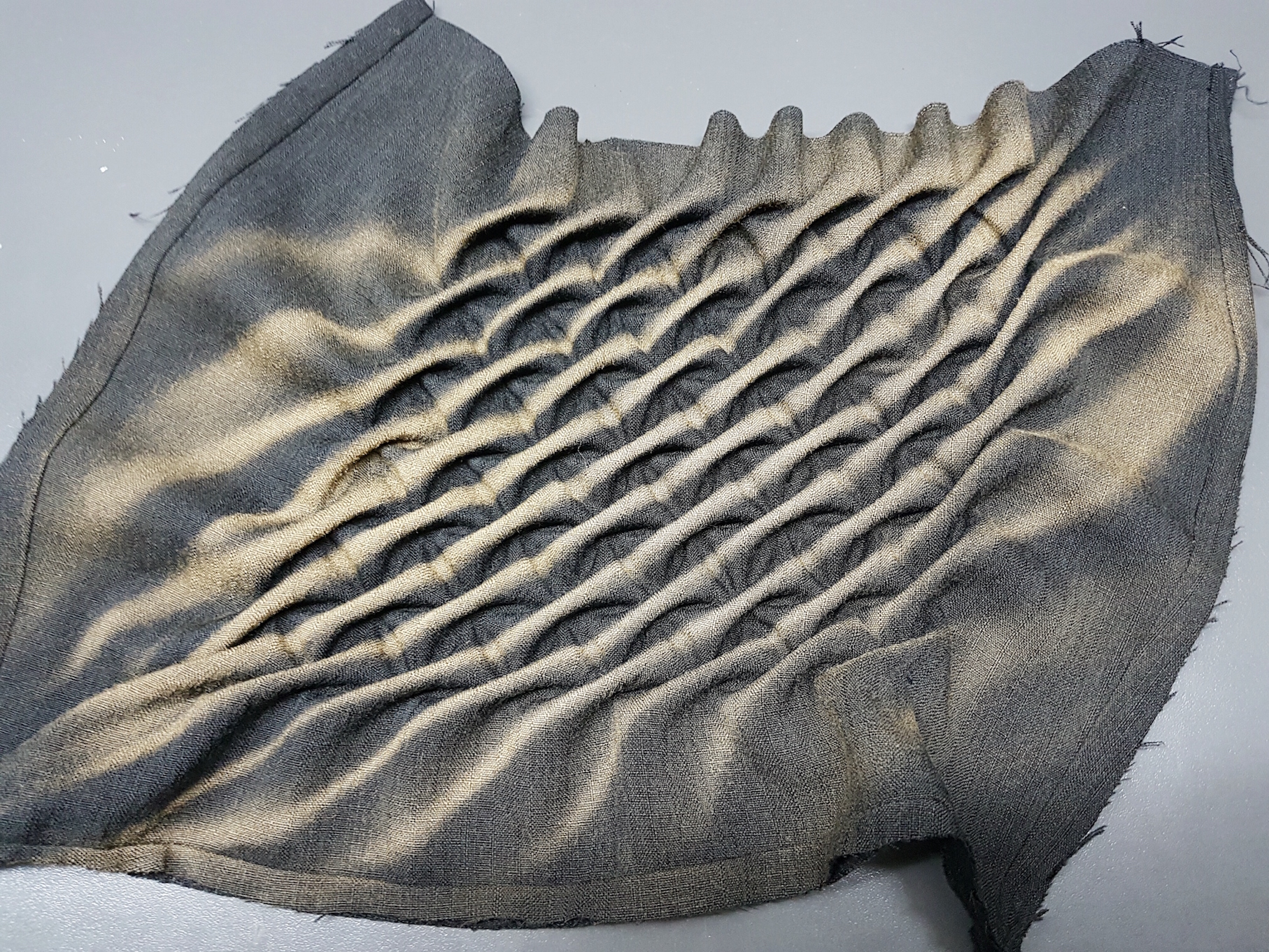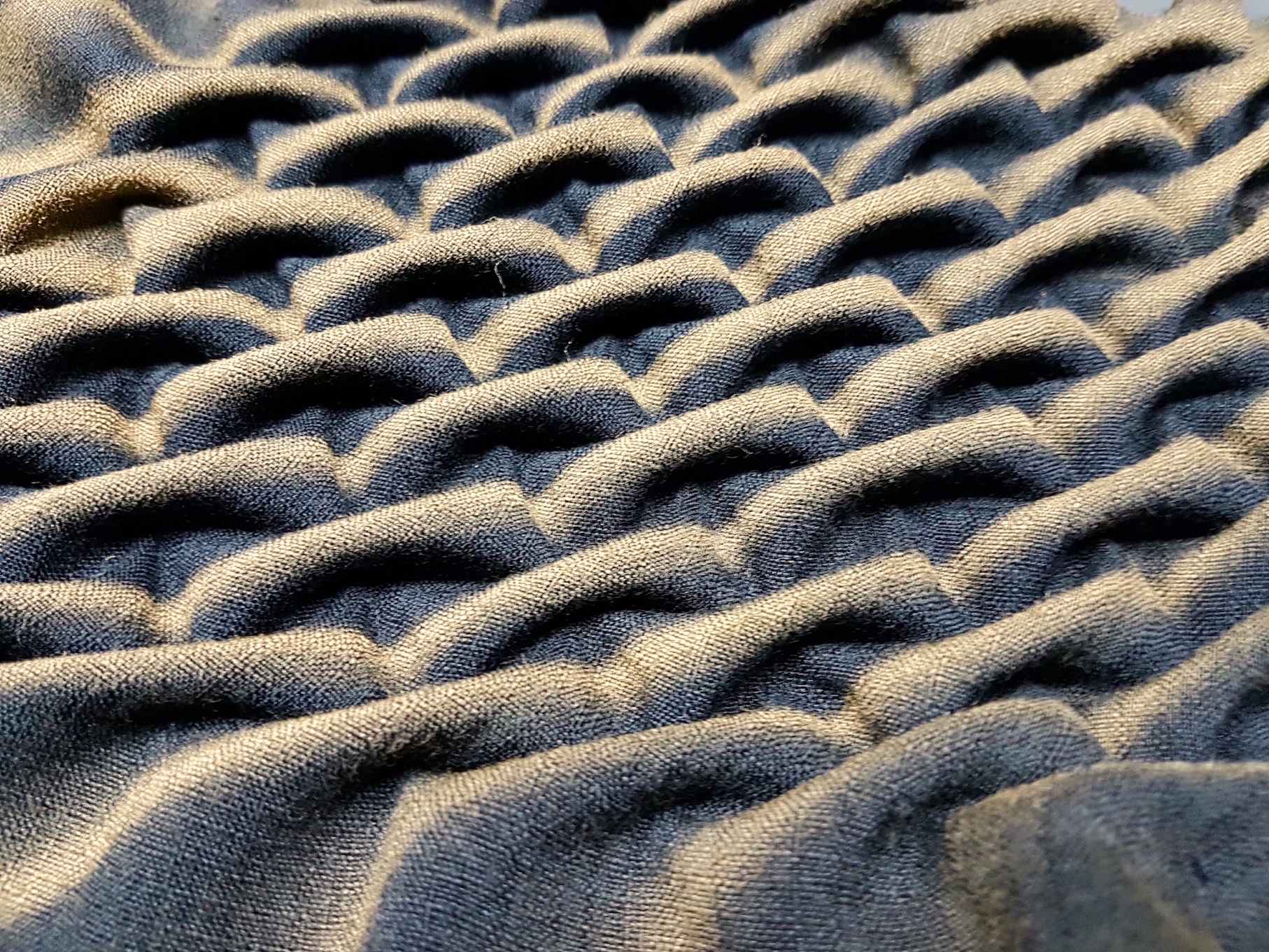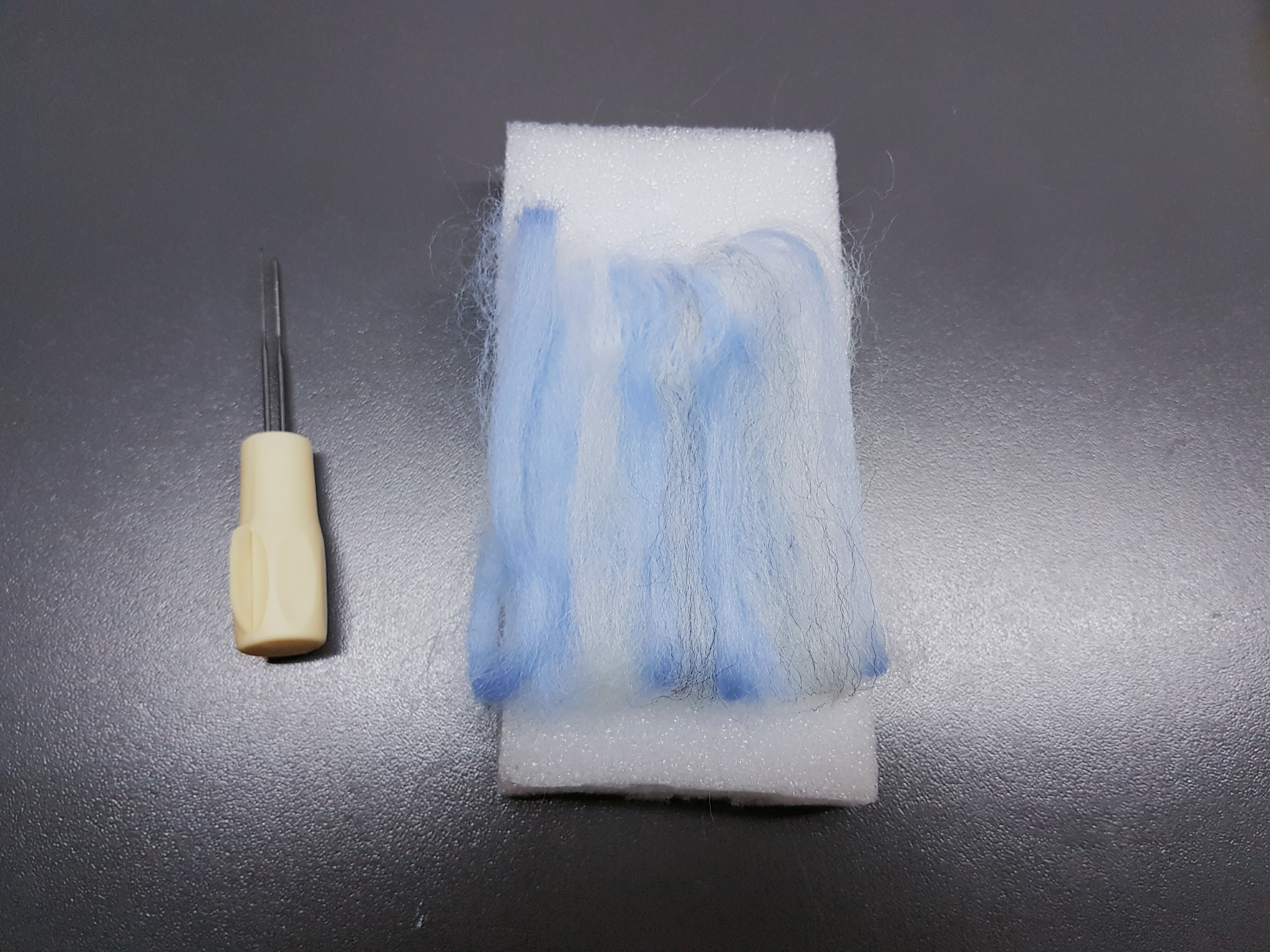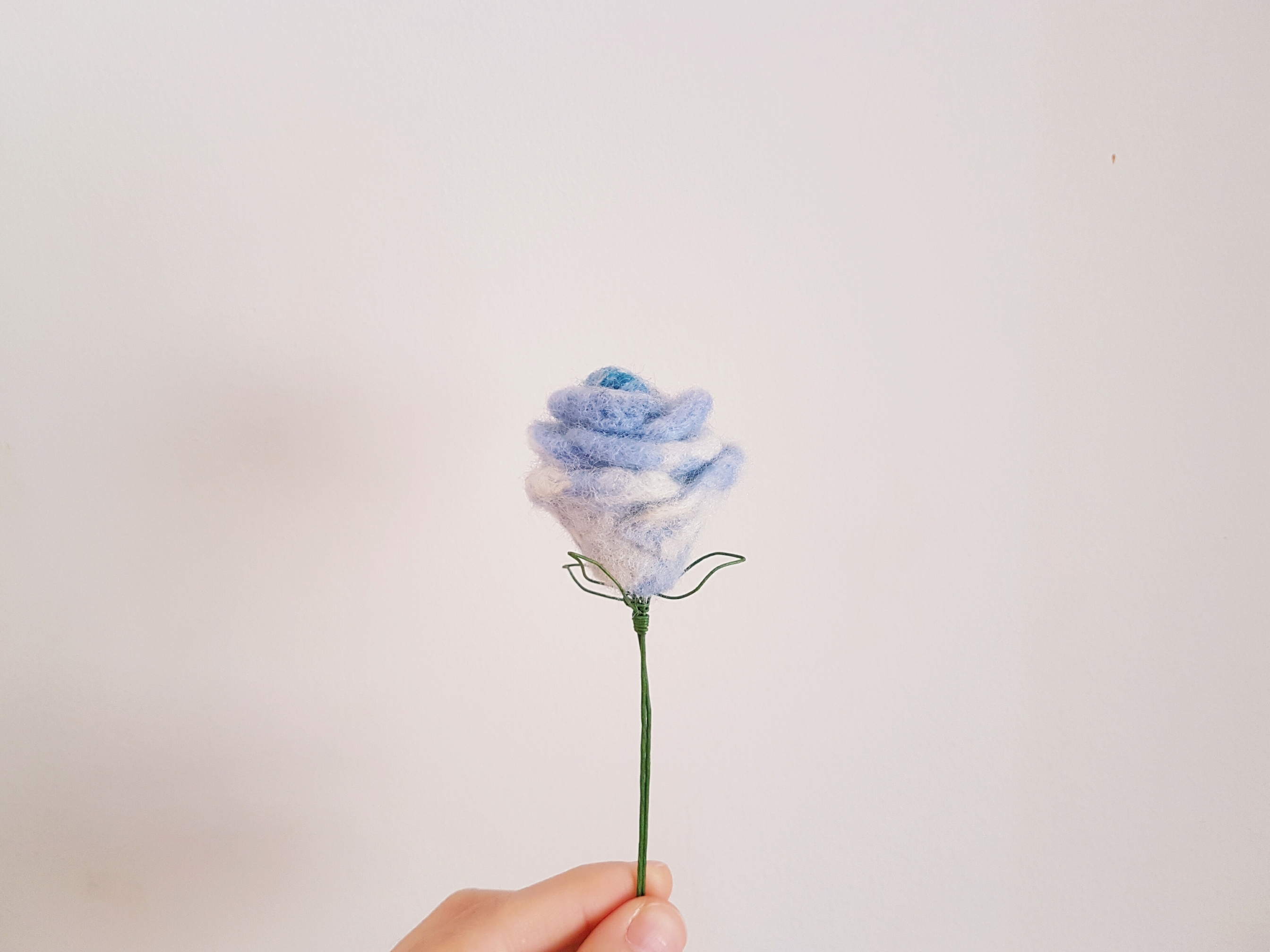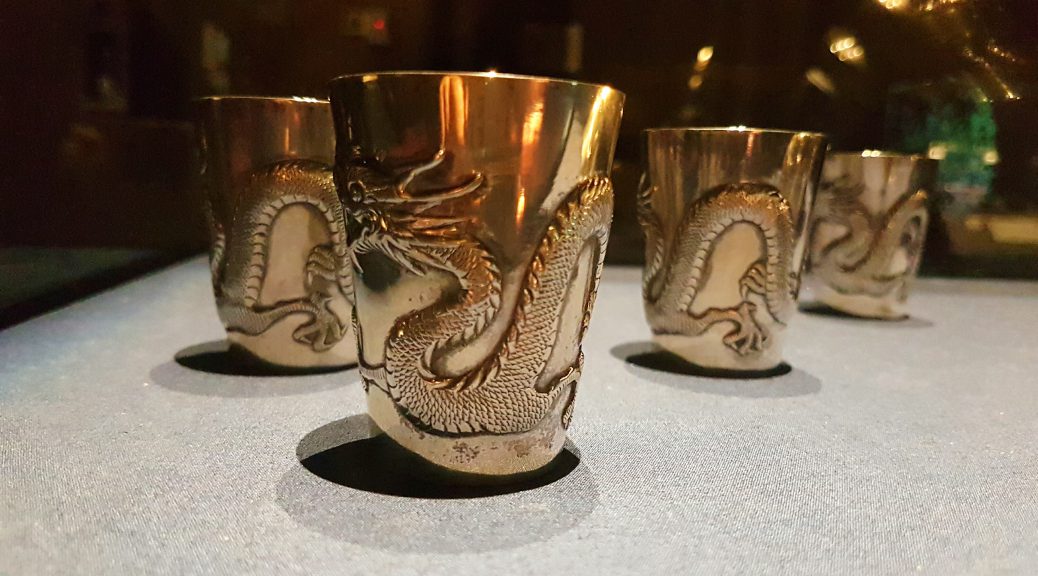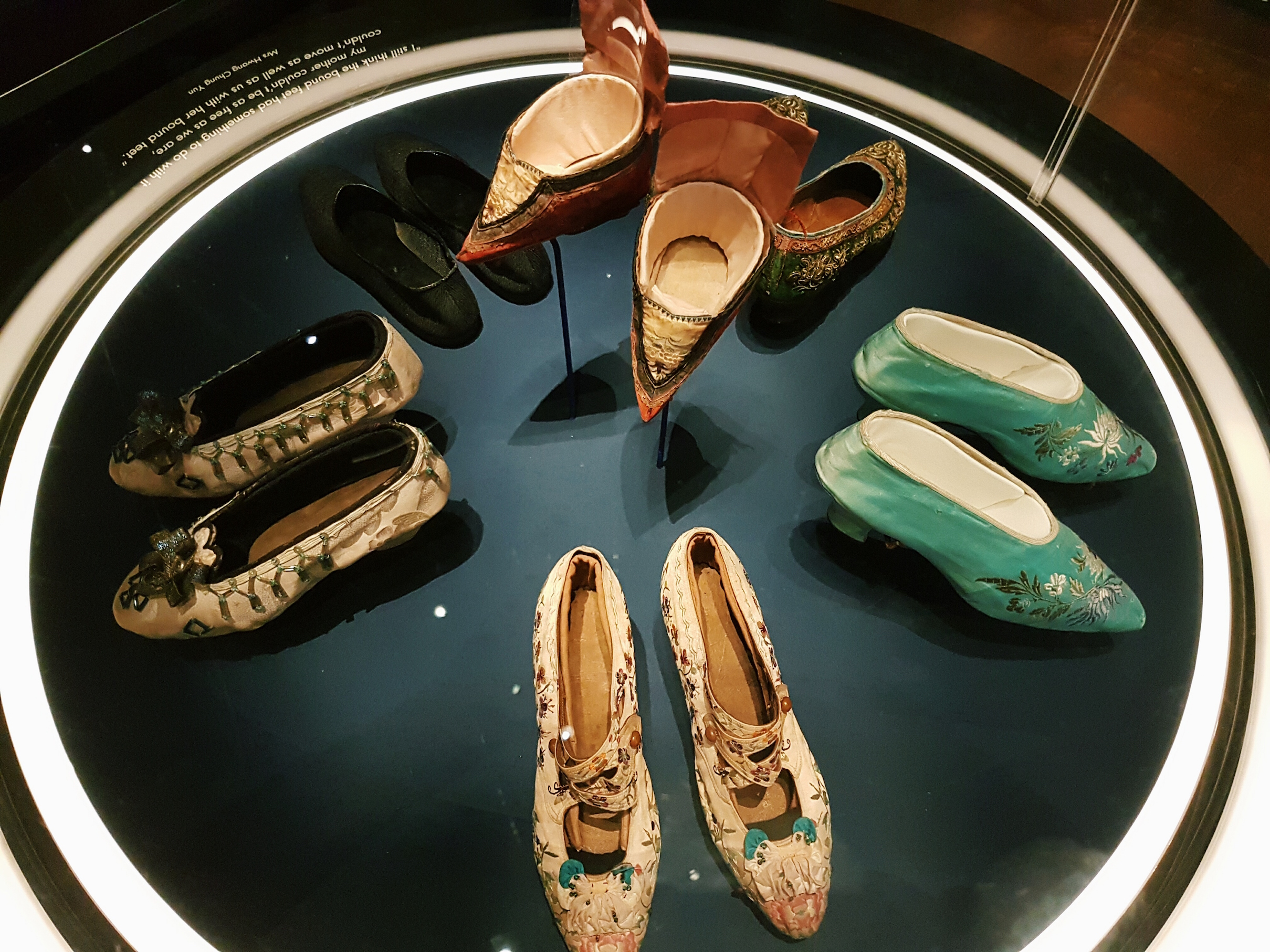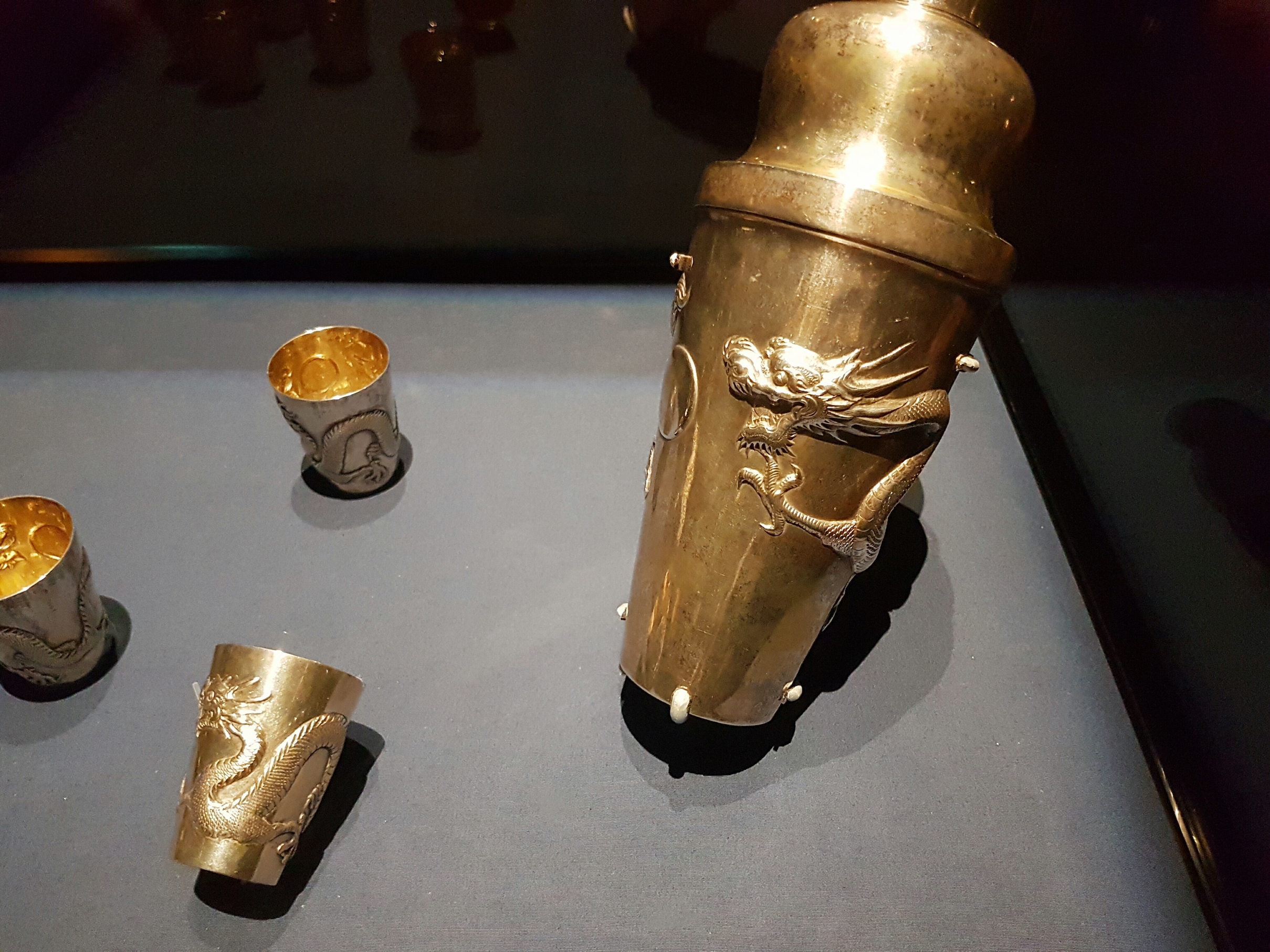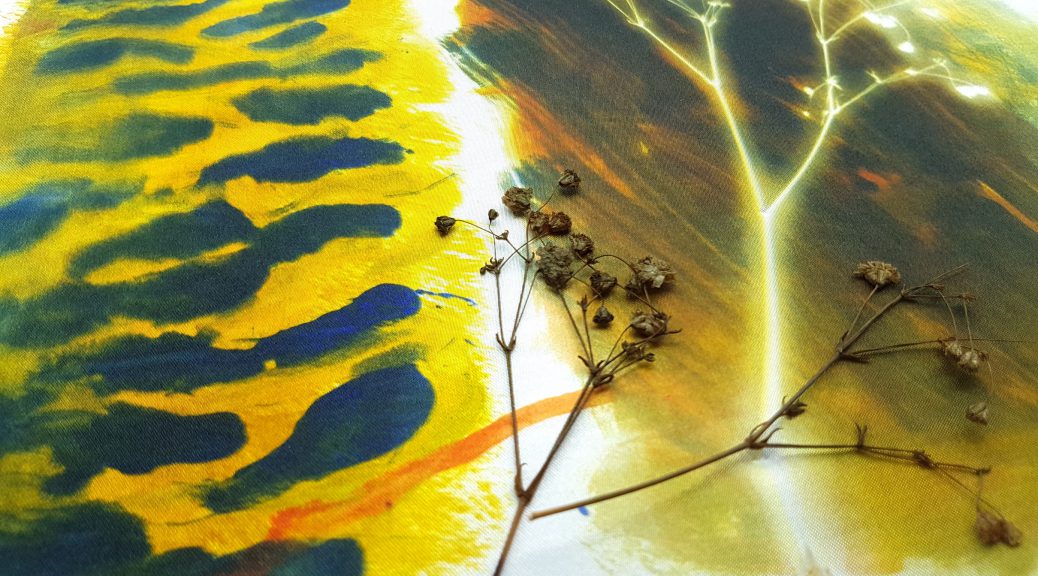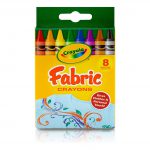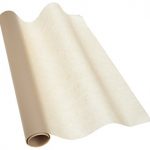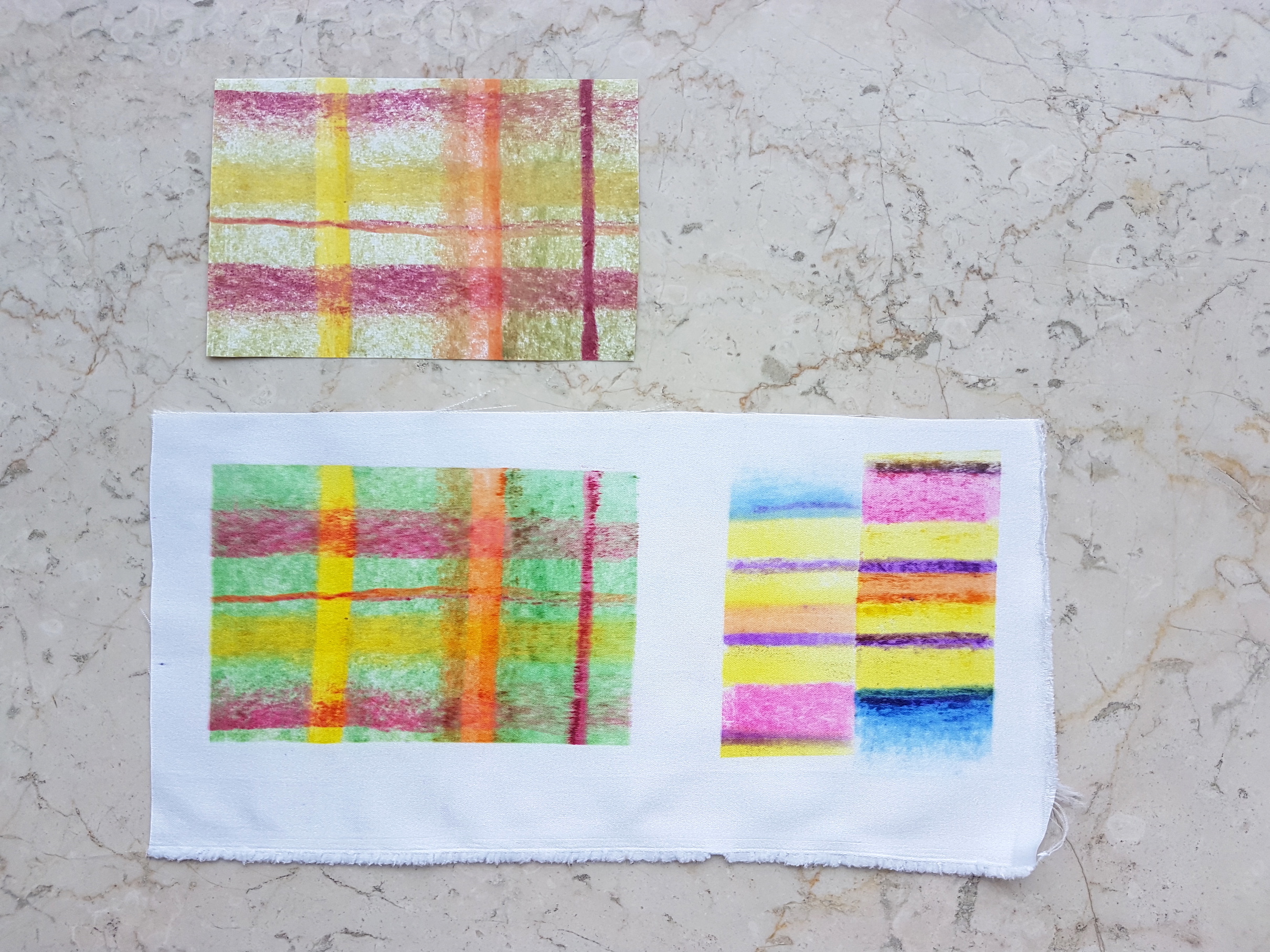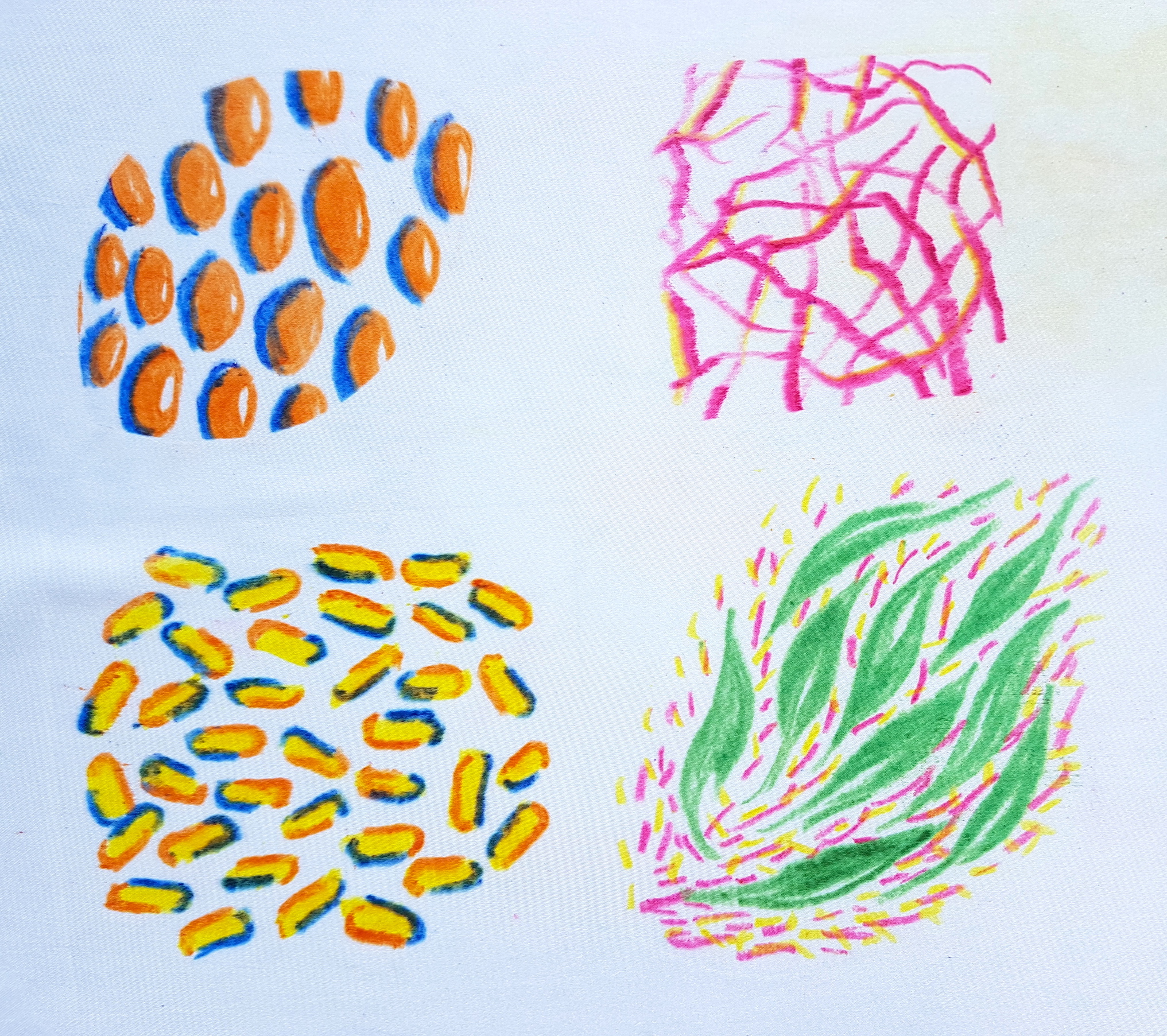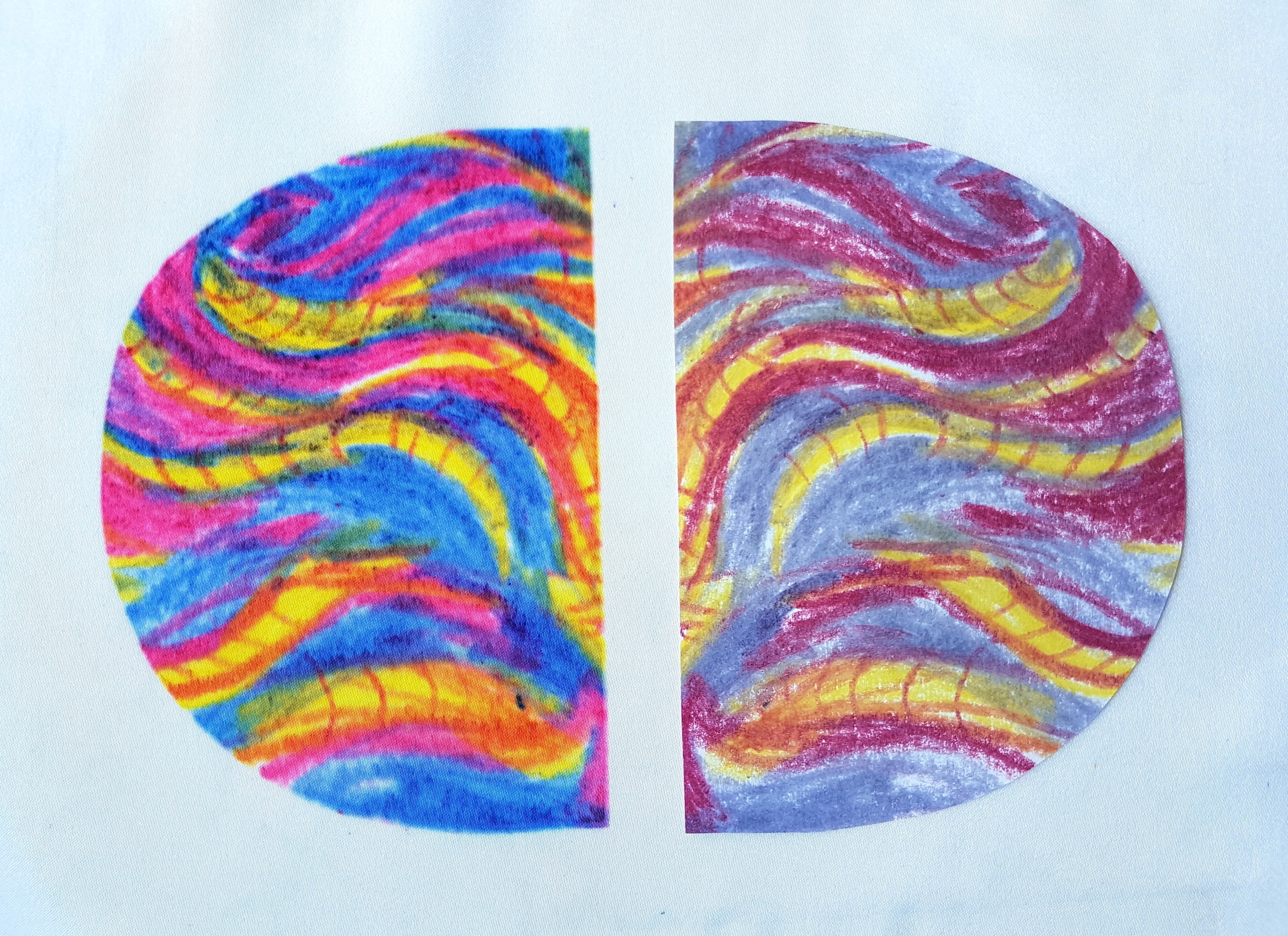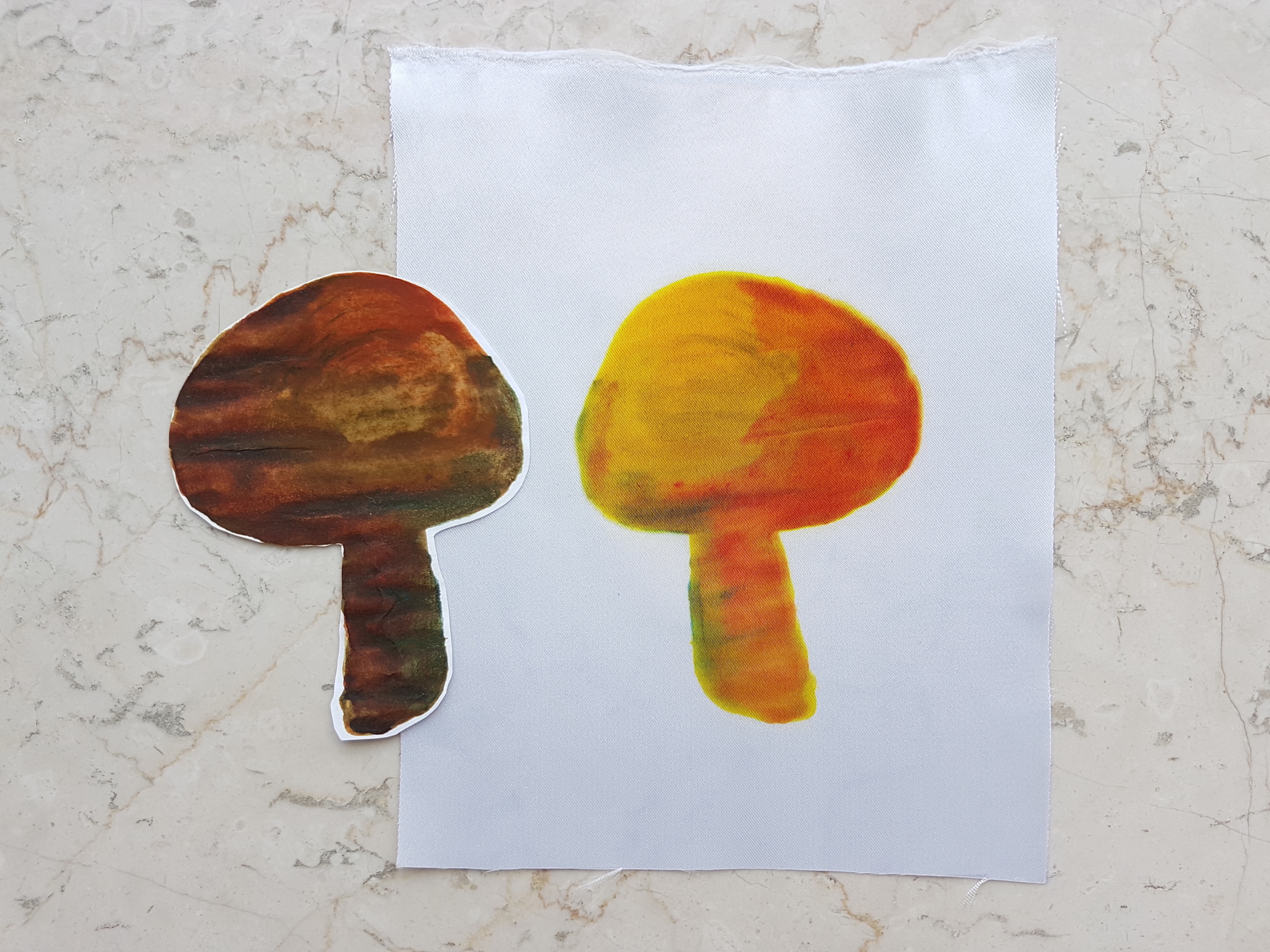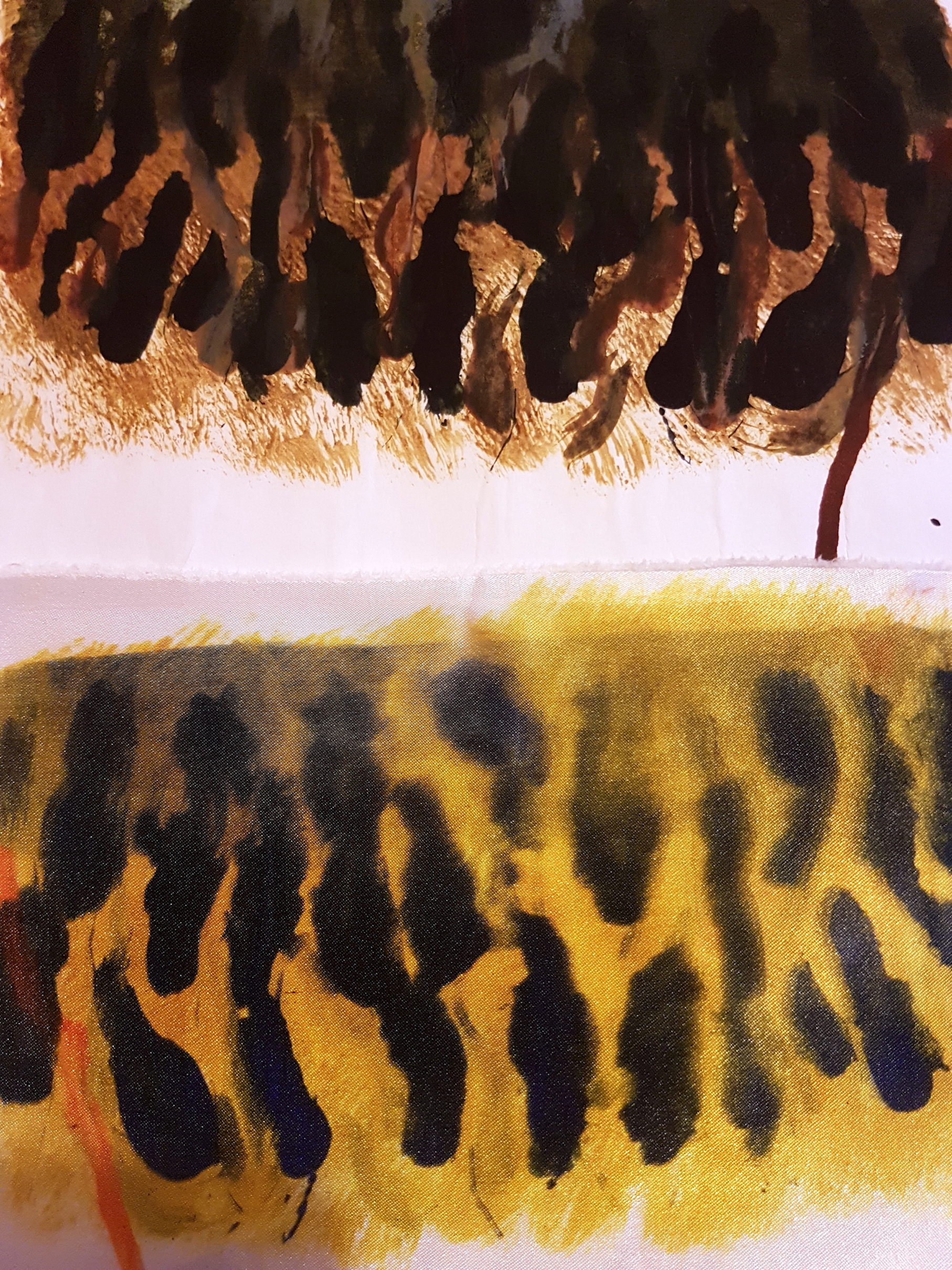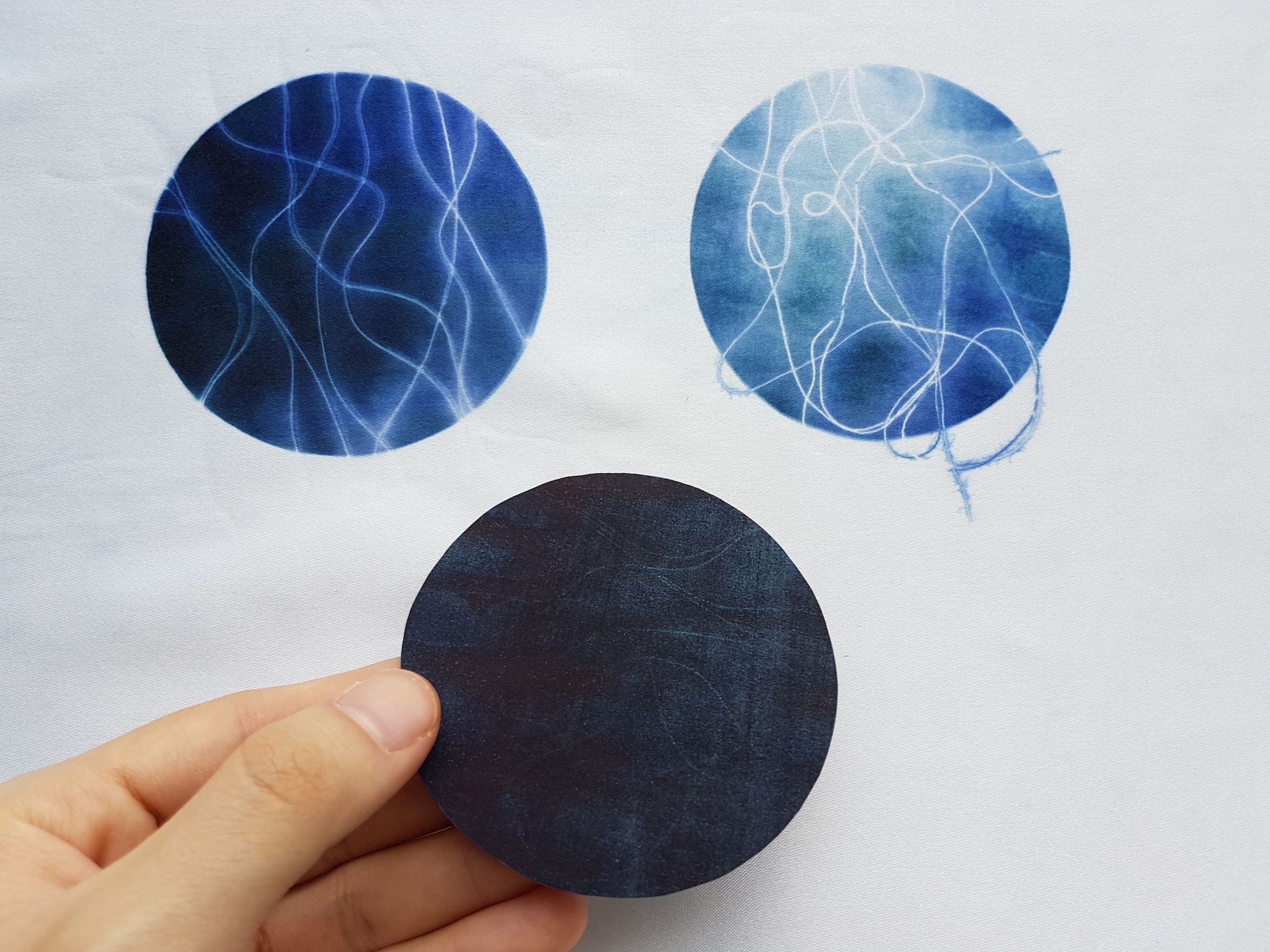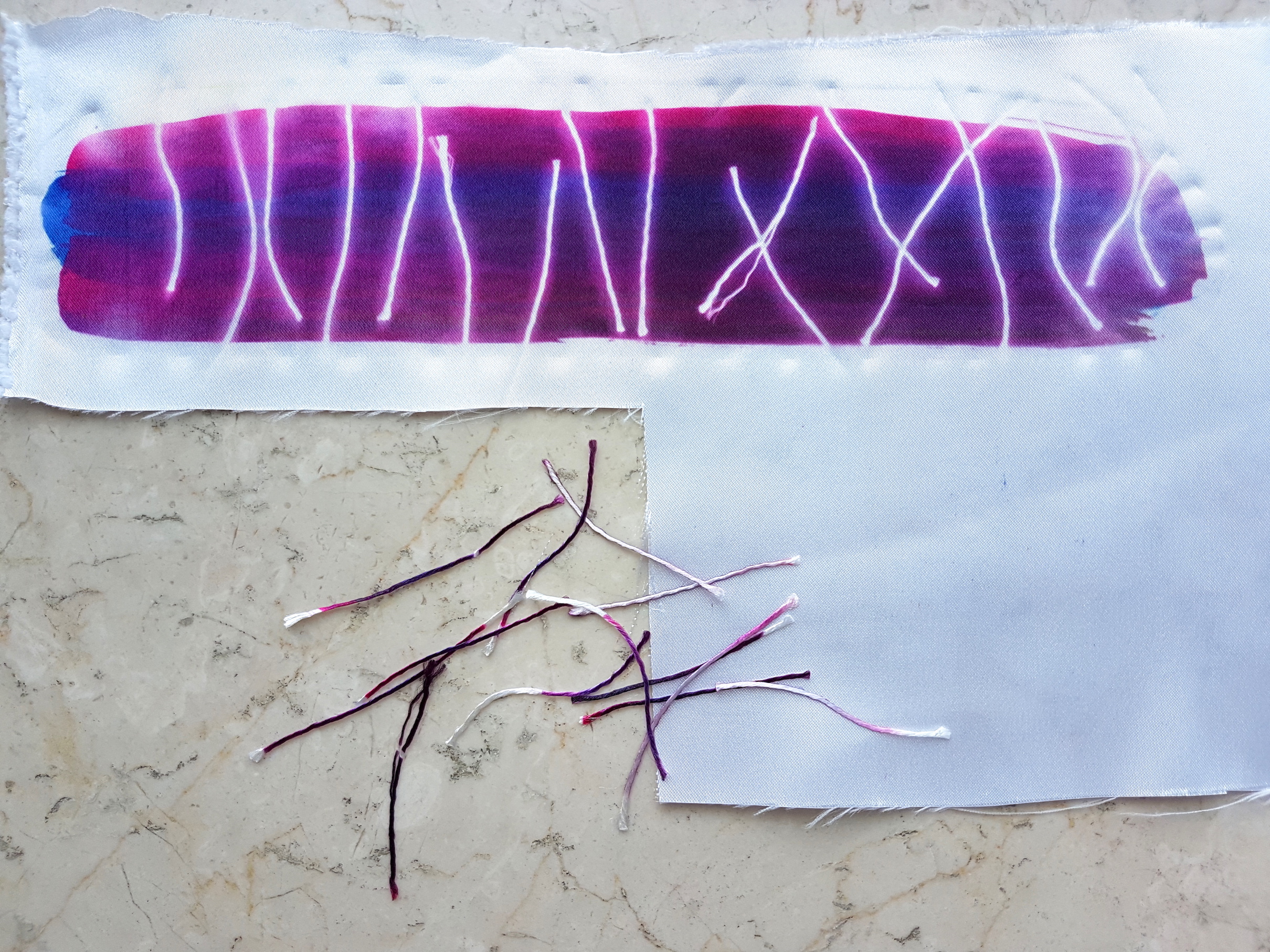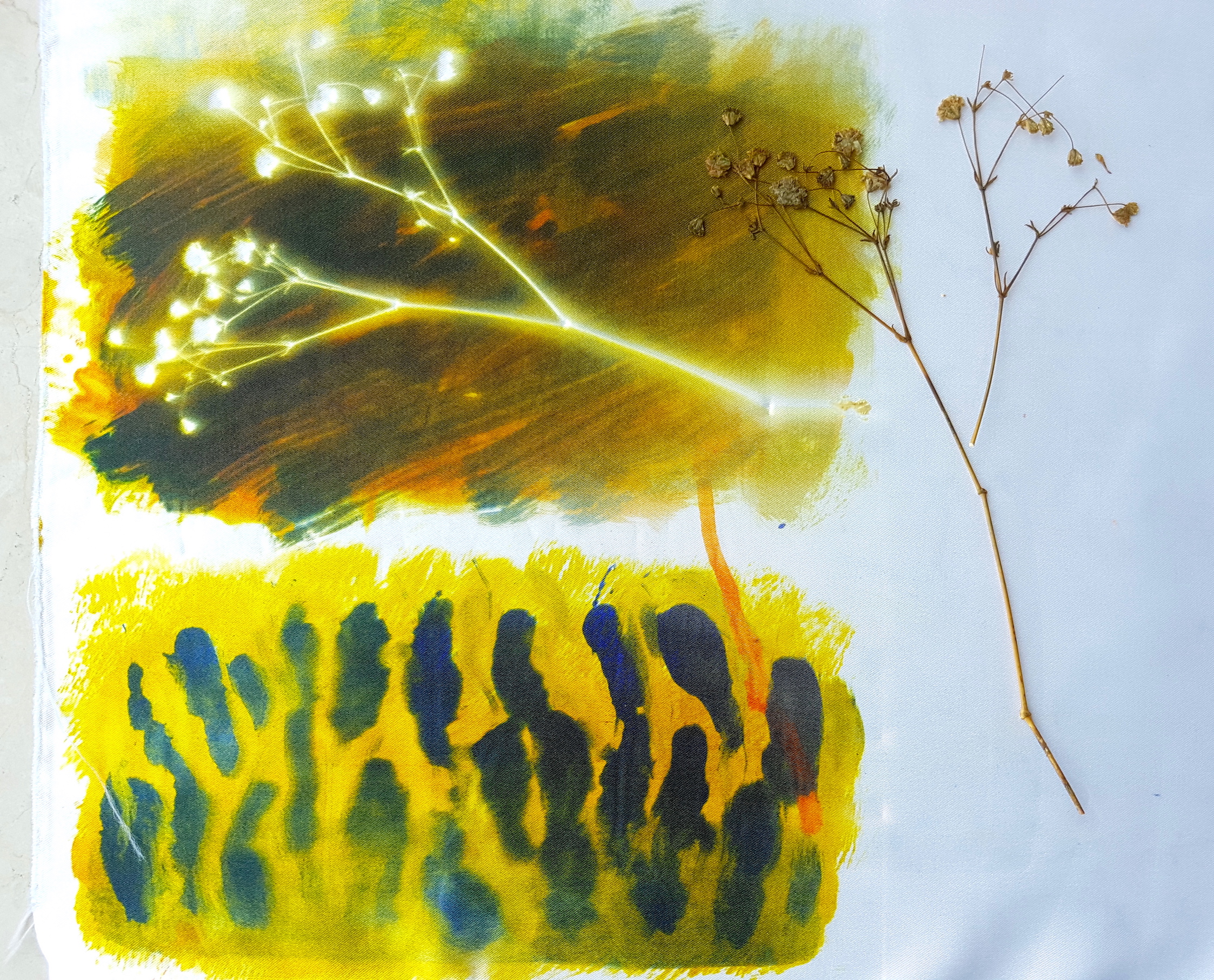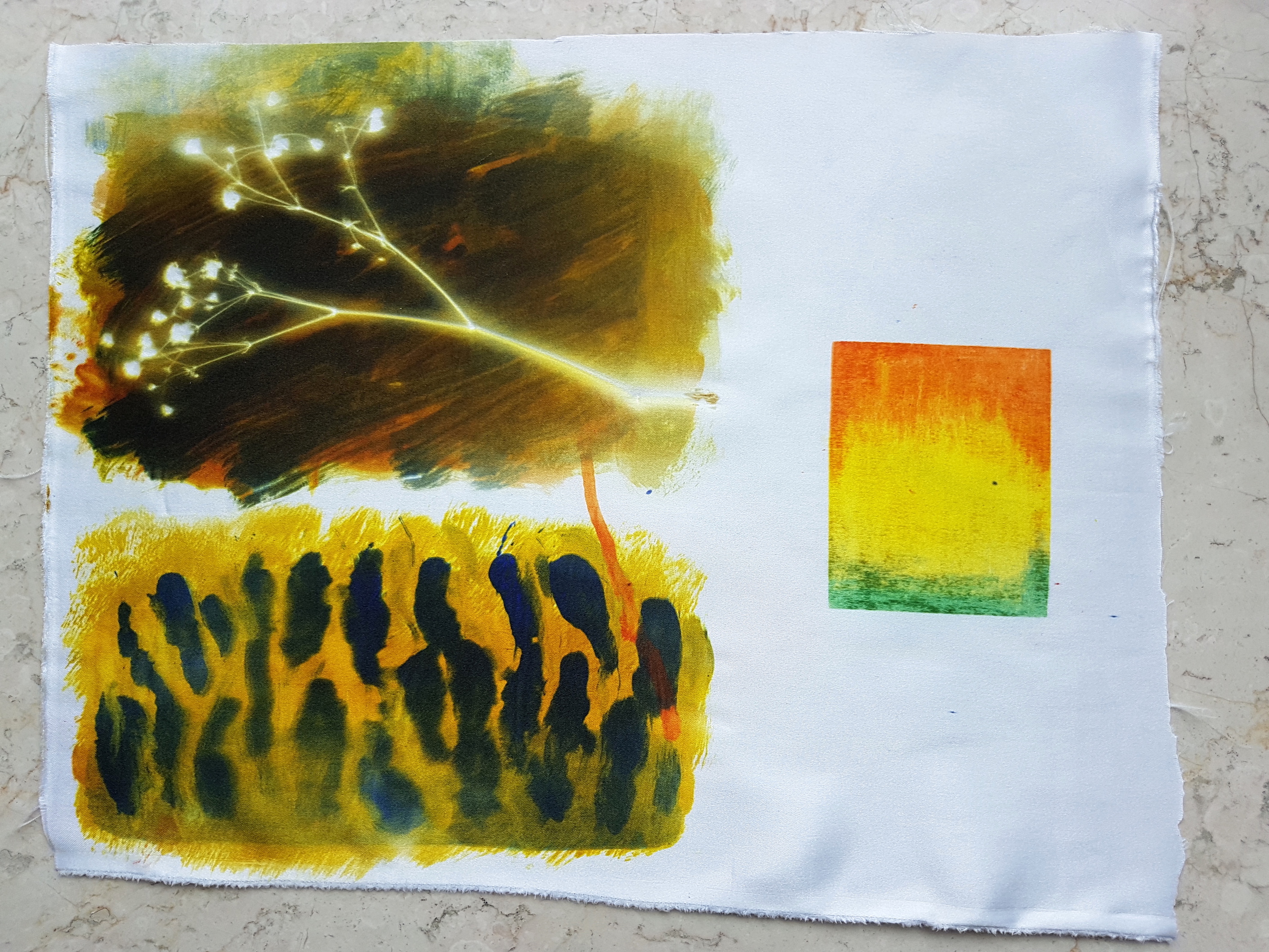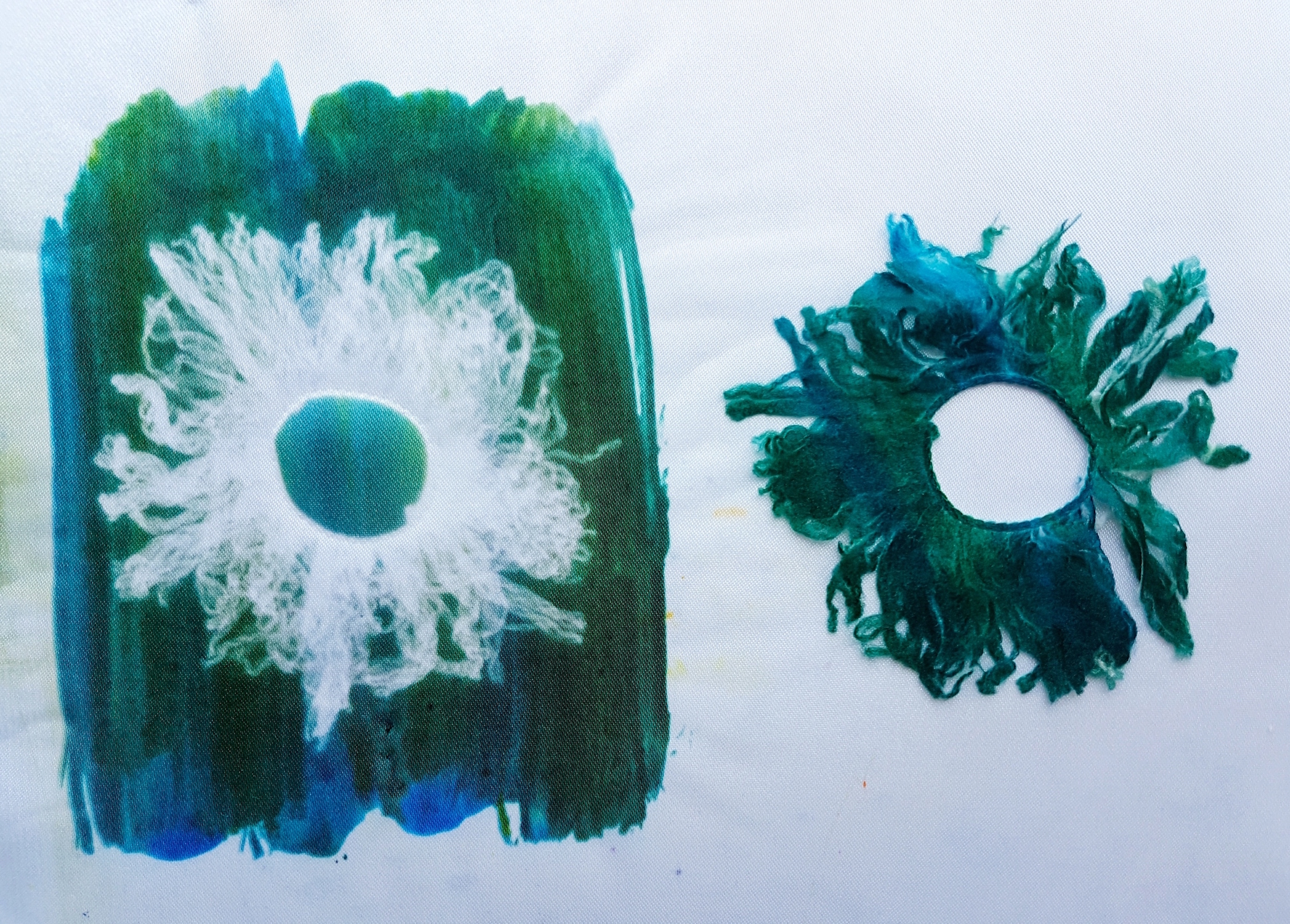Some Thoughts on Process
What started as a working title became surprisingly apt when I had doubts about whether this project could be materialised. It reminded me of an article in the local newspaper a few weeks back about Christo and his 2 decade long project in Colorado. Interestingly, he mentioned in the interview how getting permits and approval was an integral element of the spirit of the project.

Variations between Planning and Execution
Initially, I intended the swing and larger hammock to be closer together. However, the larger hammock had to be placed further to the right, down the stairs so as to not obstruct the fire sprinklers.
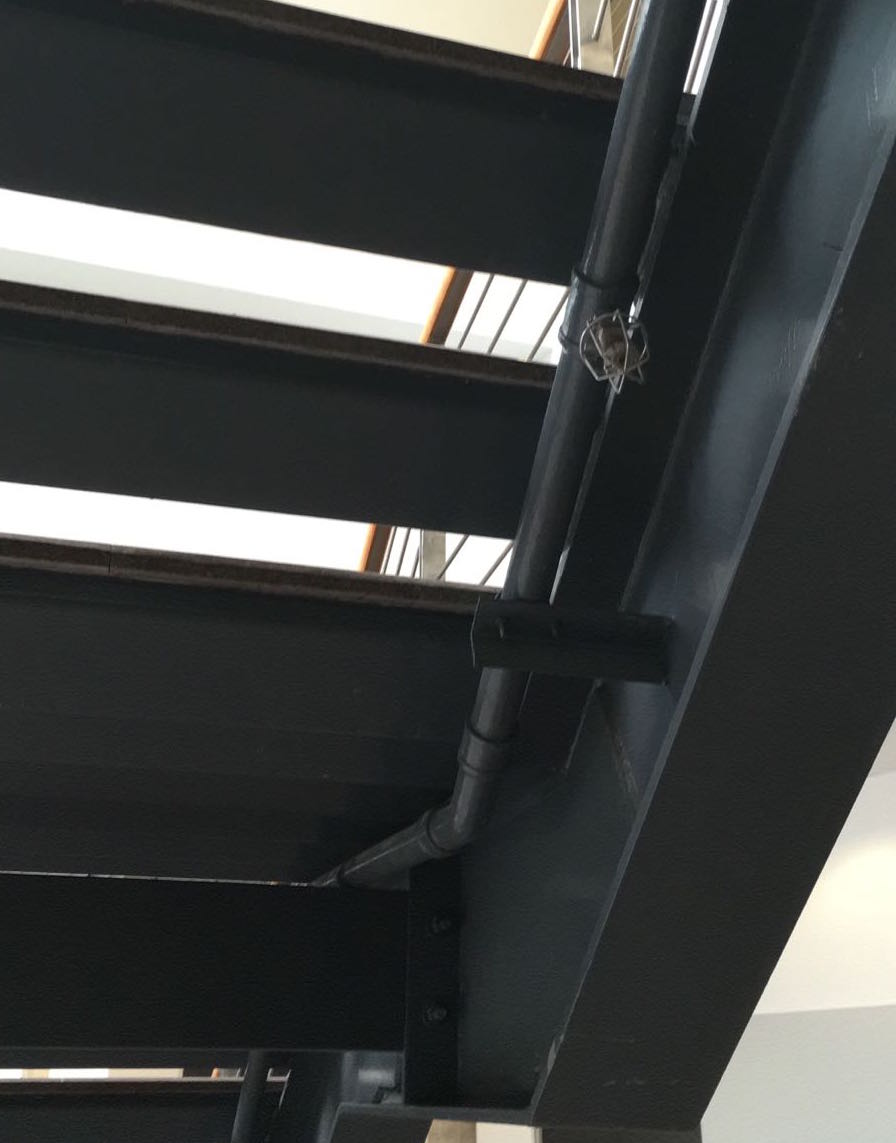
Making a Prototype
Before getting loads of rope and fabric, I made a prototype using scrap materials such as wires, shoelaces and some spare cloth.
I tied this makeshift hammock onto my bed post and experimented with the placement of ropes (3 points vs. a single pivot) and the motion it created using each method.
Trying out these prototypes was very useful as it allowed me to gauge the strength of cloth needed and shorten the width of the hammocks based on the wood flexibility and strain. Instead of winding the fabric around the pole, I opted for sewing as it would be more secure and able to bare more weight.
Creating the Components
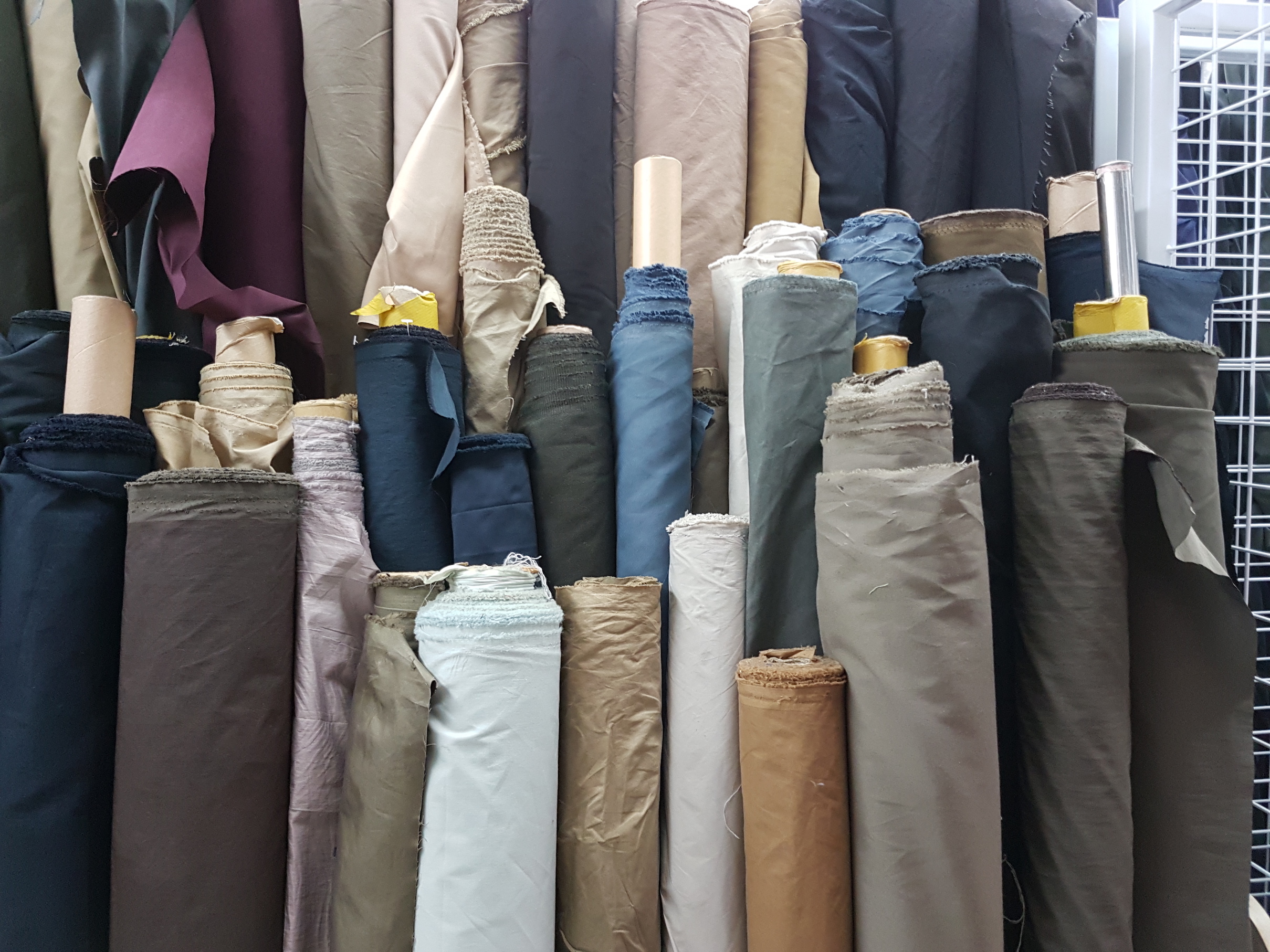
As the forms in the installation become increasingly open from right to left, I choose 3 different earth tones to emphasise this gradation and complement the space underneath the stairs. The darkest fabric corresponds to the shallow hammock which is wedged by the stairs and forms an enclosed private space.
First, I cut the fabric to width. I initially intended the hammocks to be at least 1 metre in width. But due to the flexibility of the wood, this had to be reduced quite a bit.

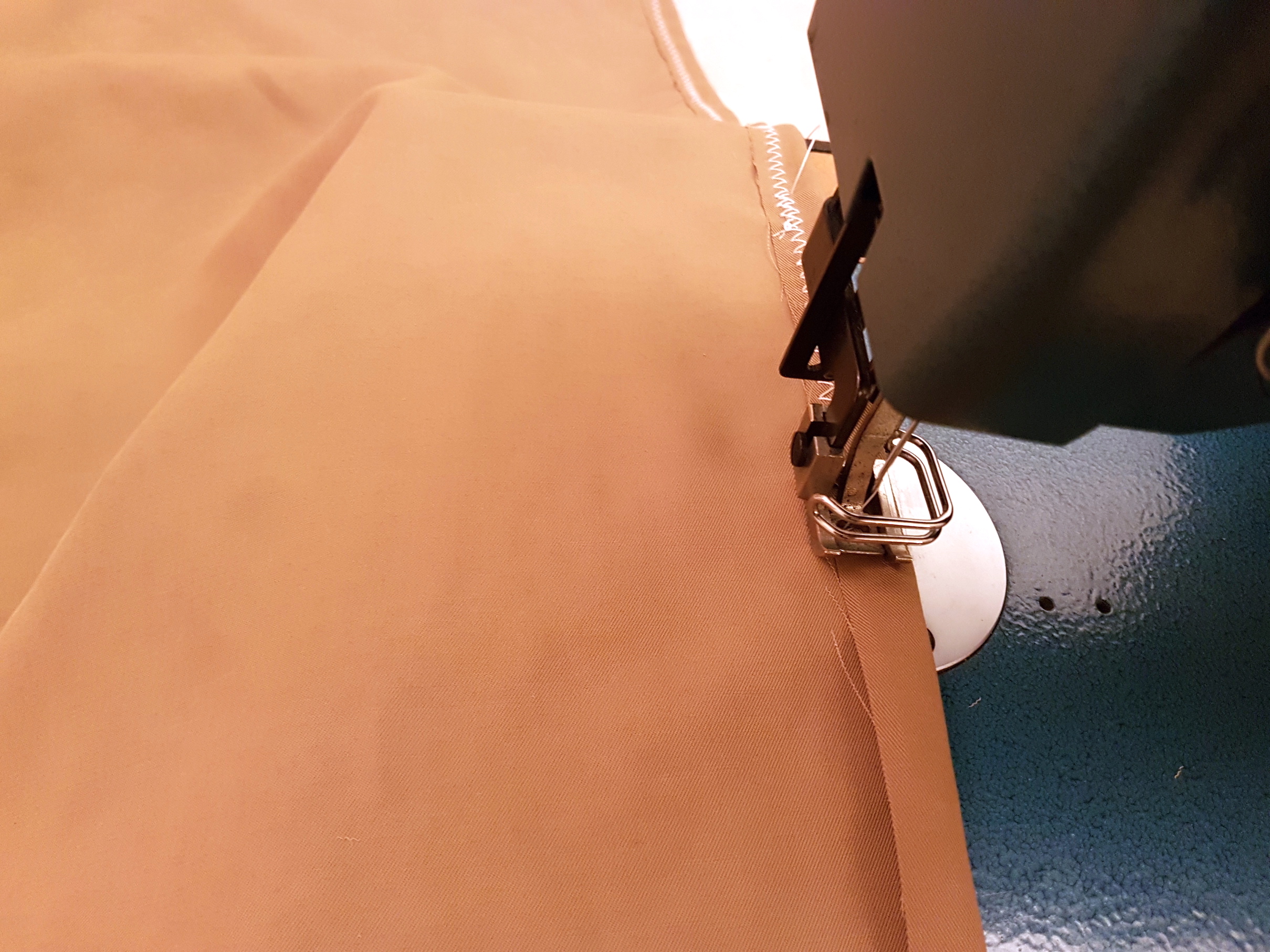
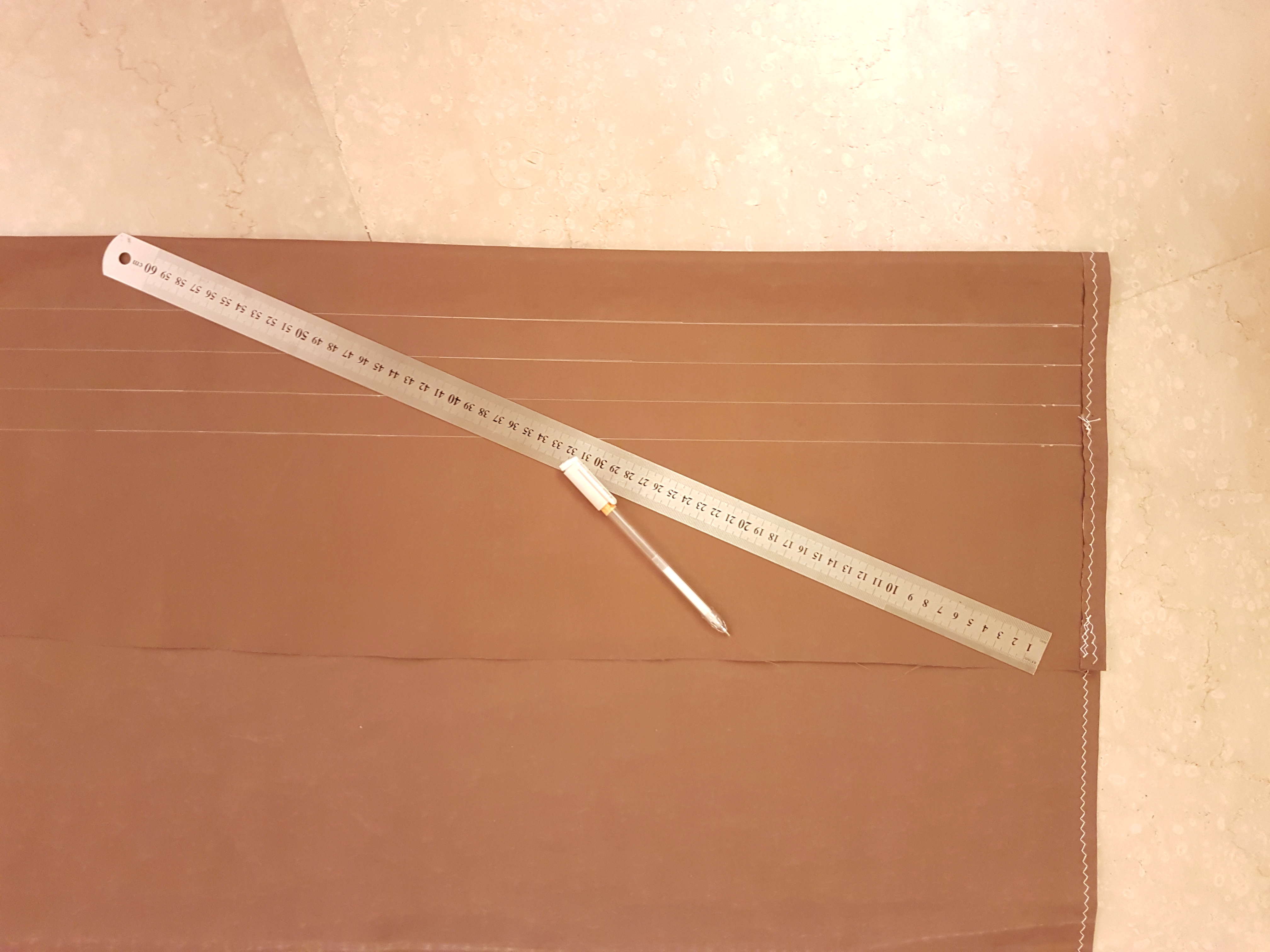
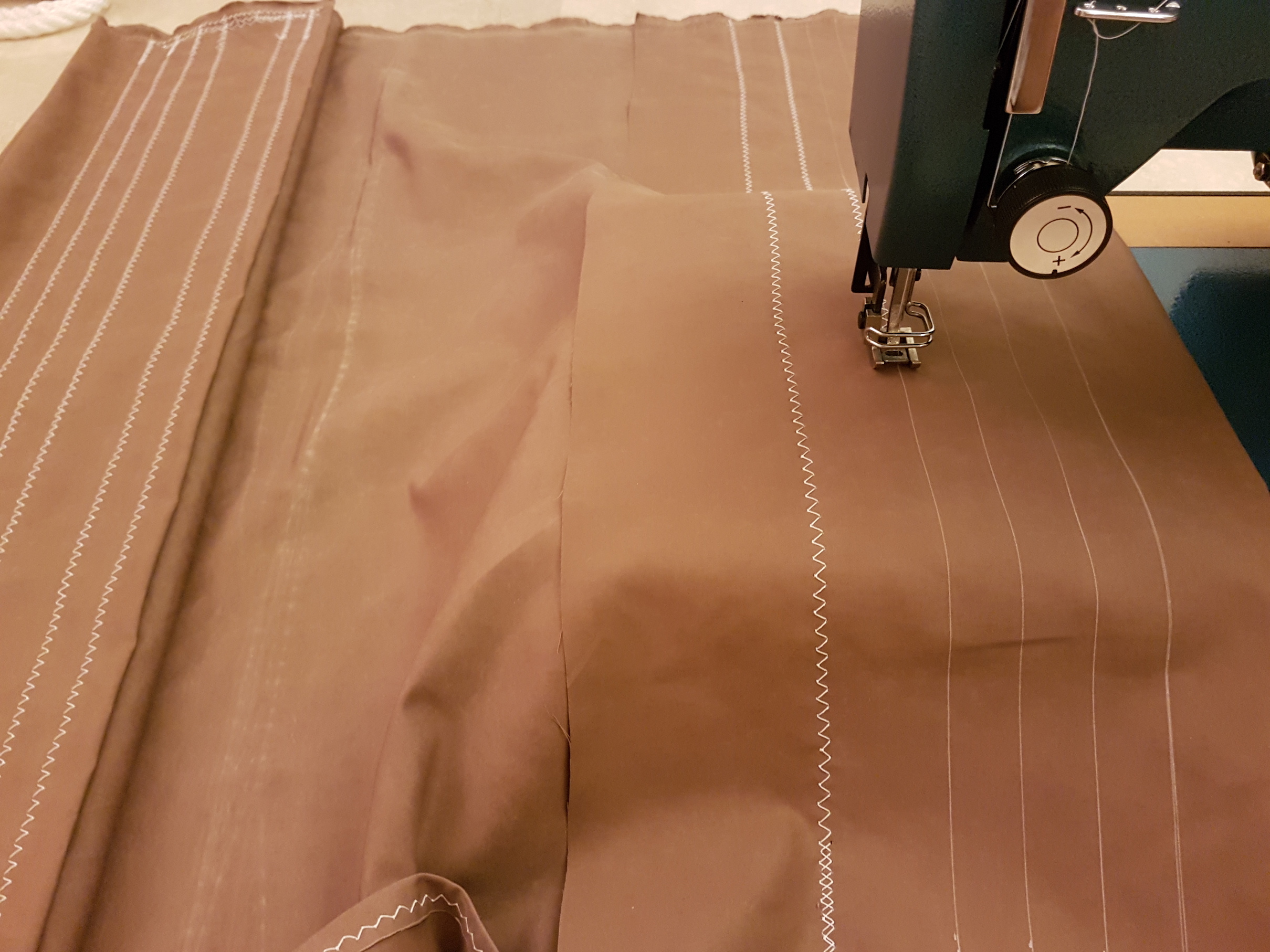
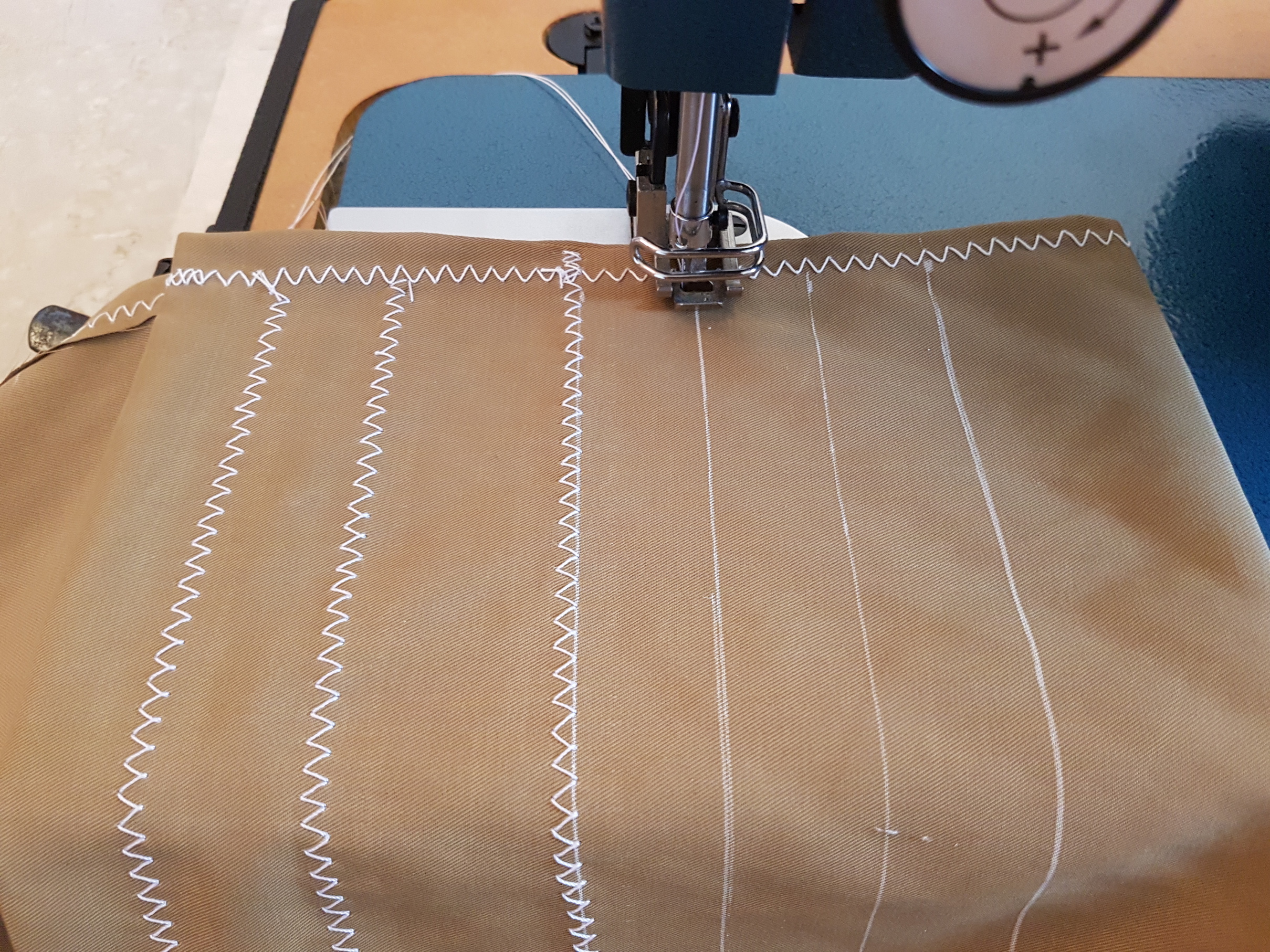
For extra security, to bare heavy weight, and to prevent unravelling in case of wear and tear, I sewed several lines over a large area and ‘locked’ the sides.
Problems and Revisions

During the initial setup on Sunday, 1 of the sticks broke in the middle after some use. Oh the horror! Each hammock/swing had 2 points of support on each side (4 points in total to share the load). To prevent excessive flexing and bending, I revised the design by adding an additional point of support at the centre of the wooden pole.

I cut out a gap enough for the rope to go through and coil around the pole and reinforced the stitching with… more stitching!

